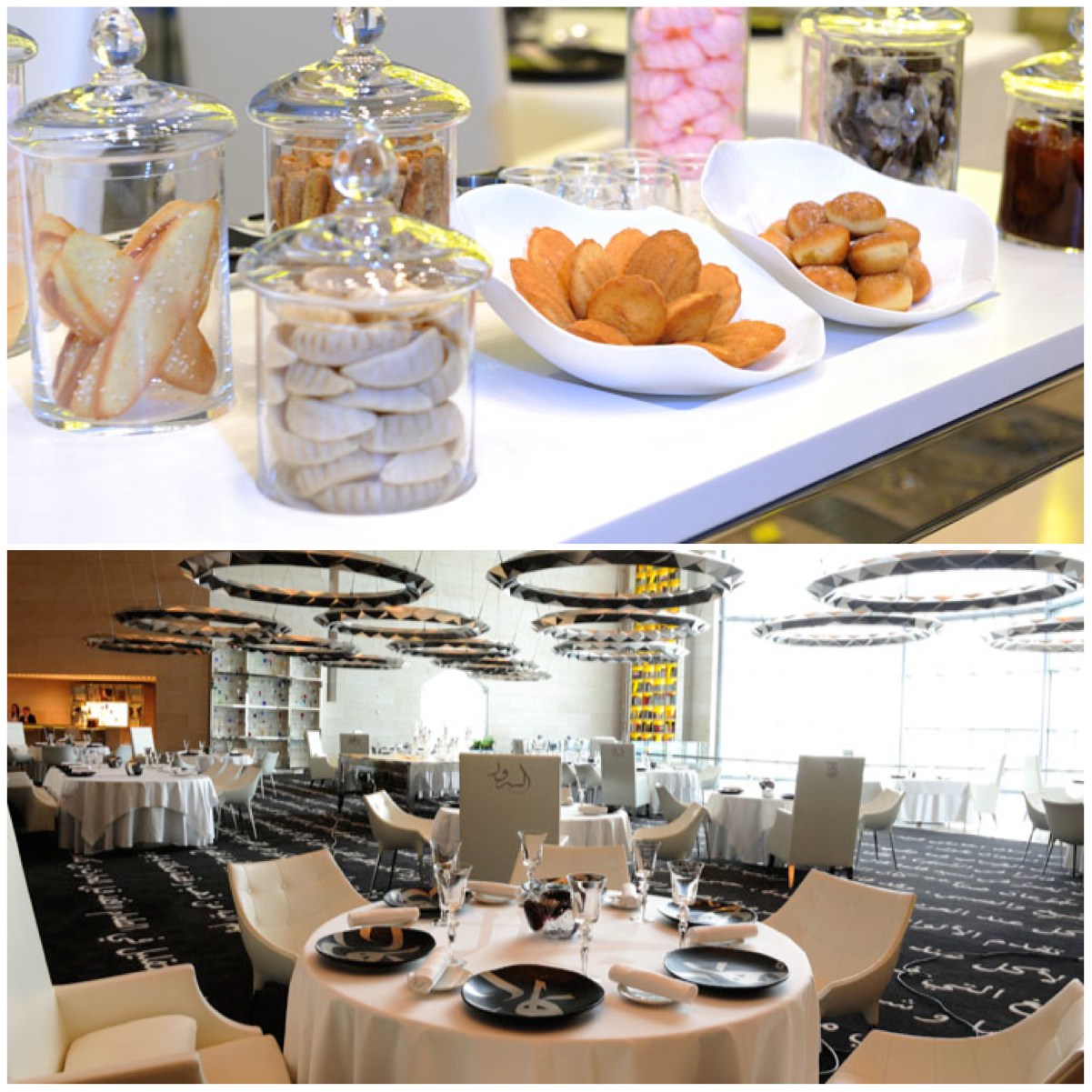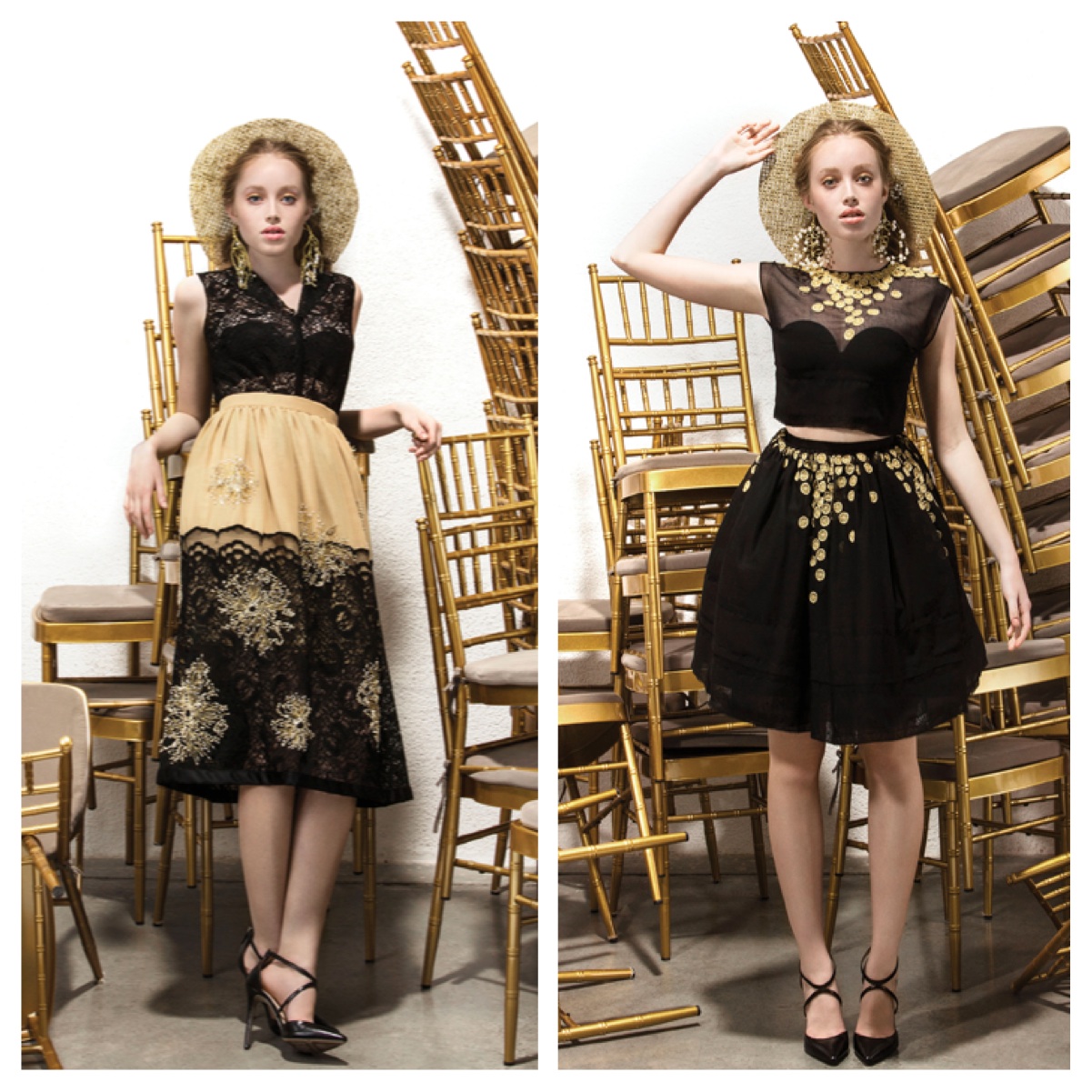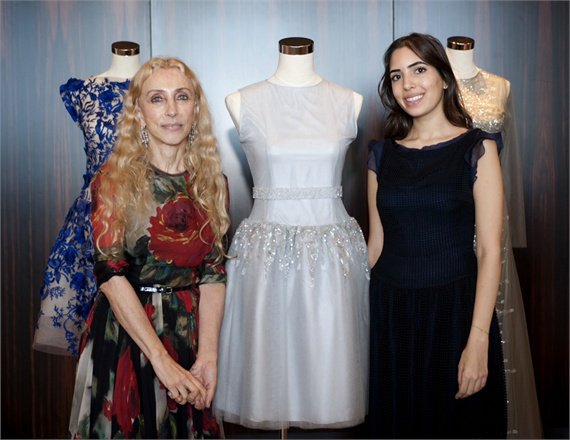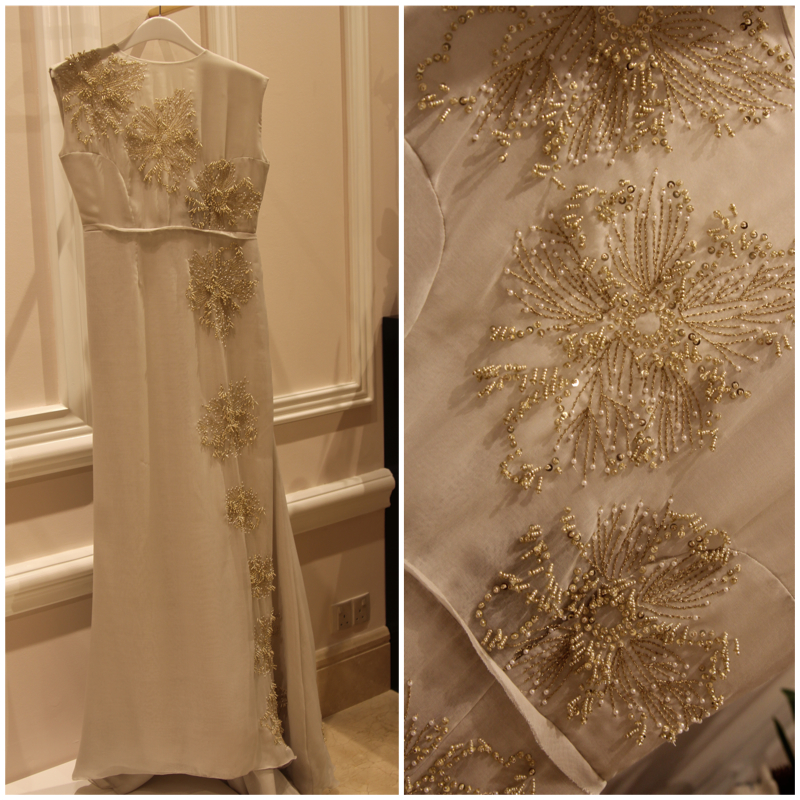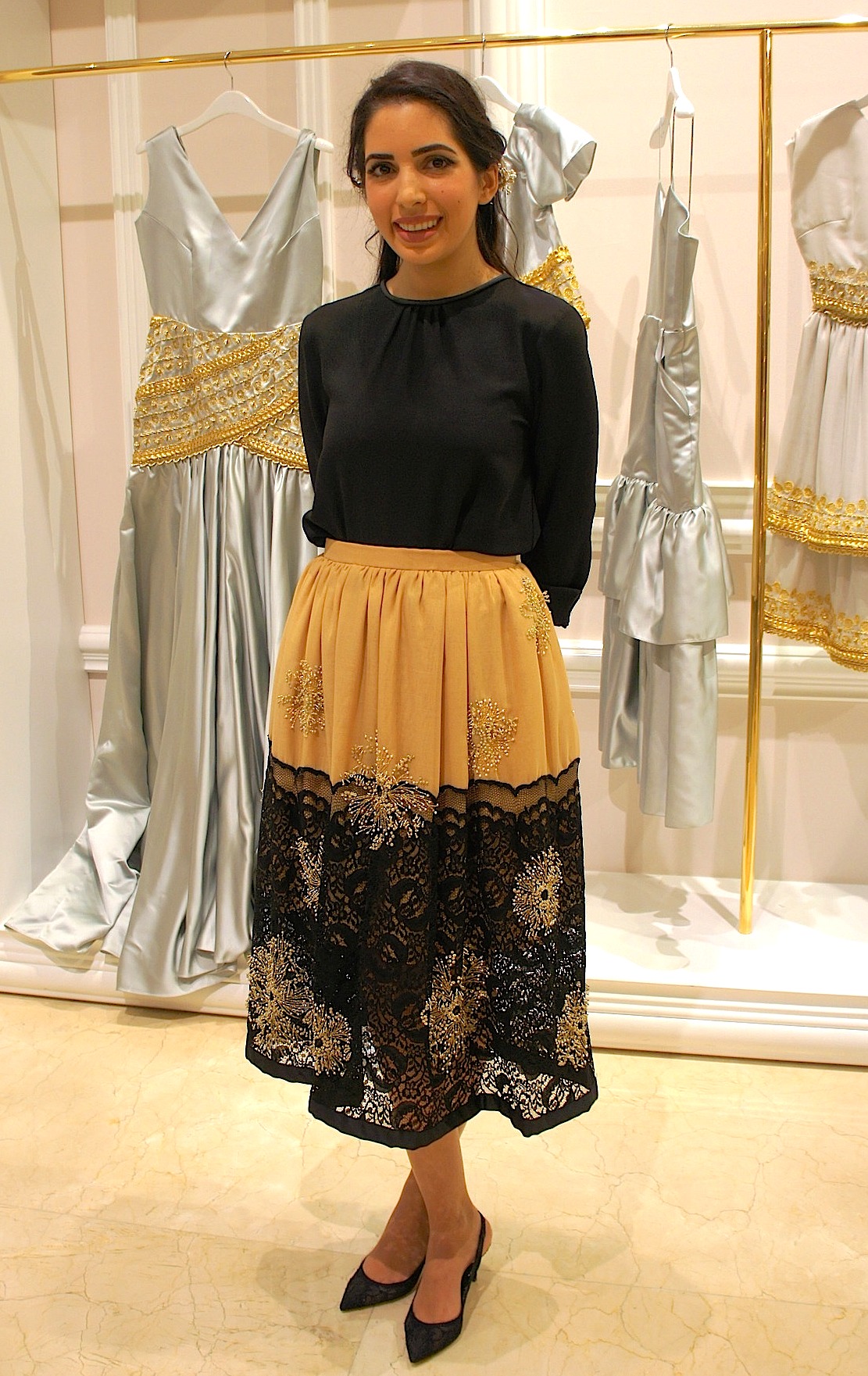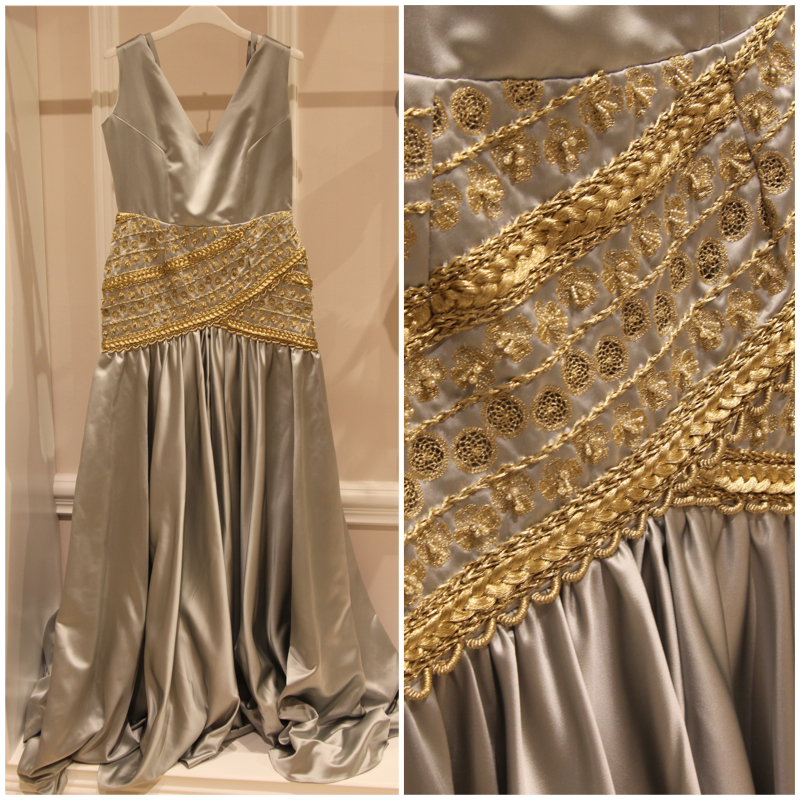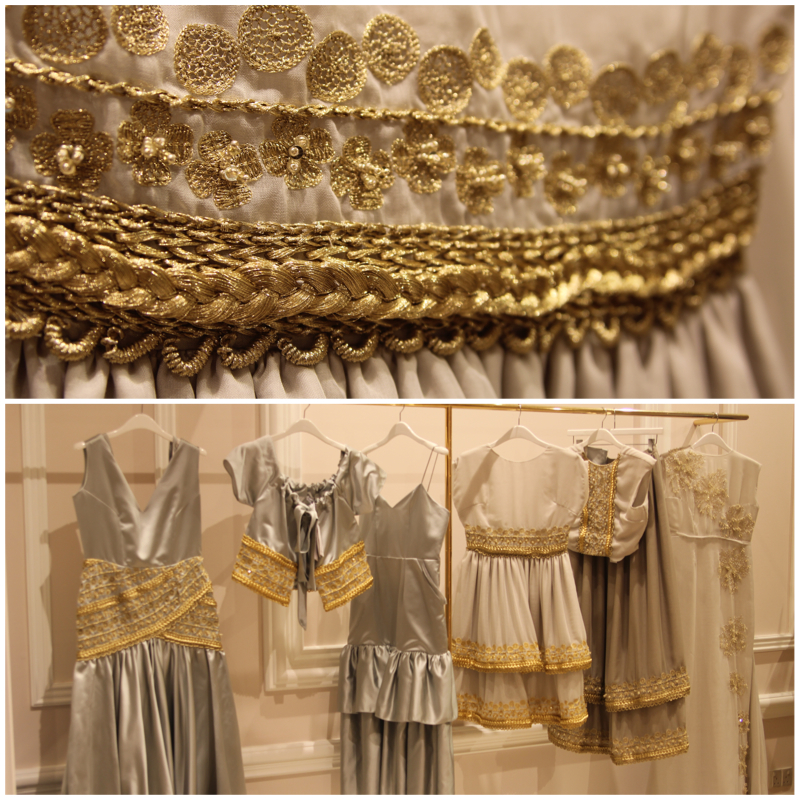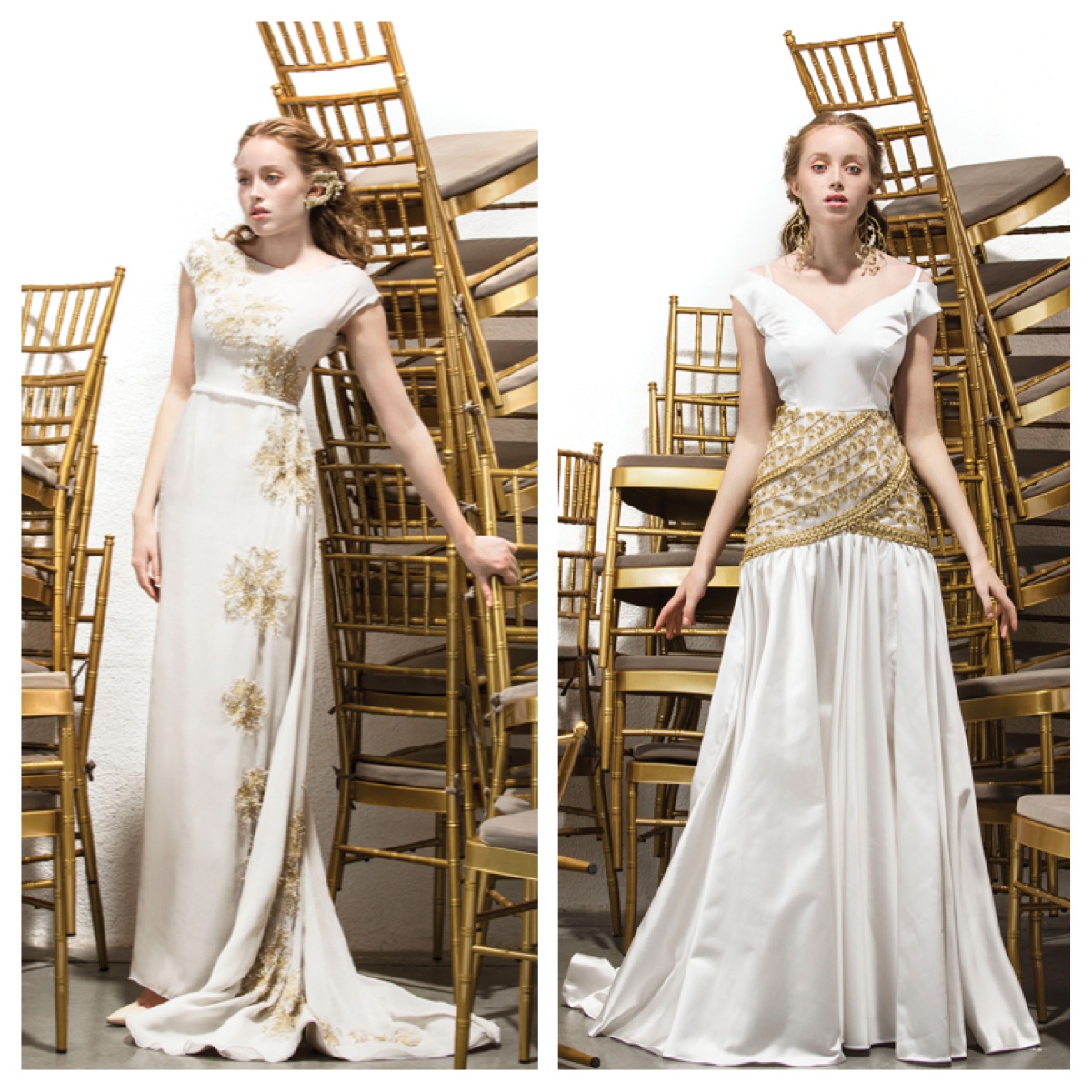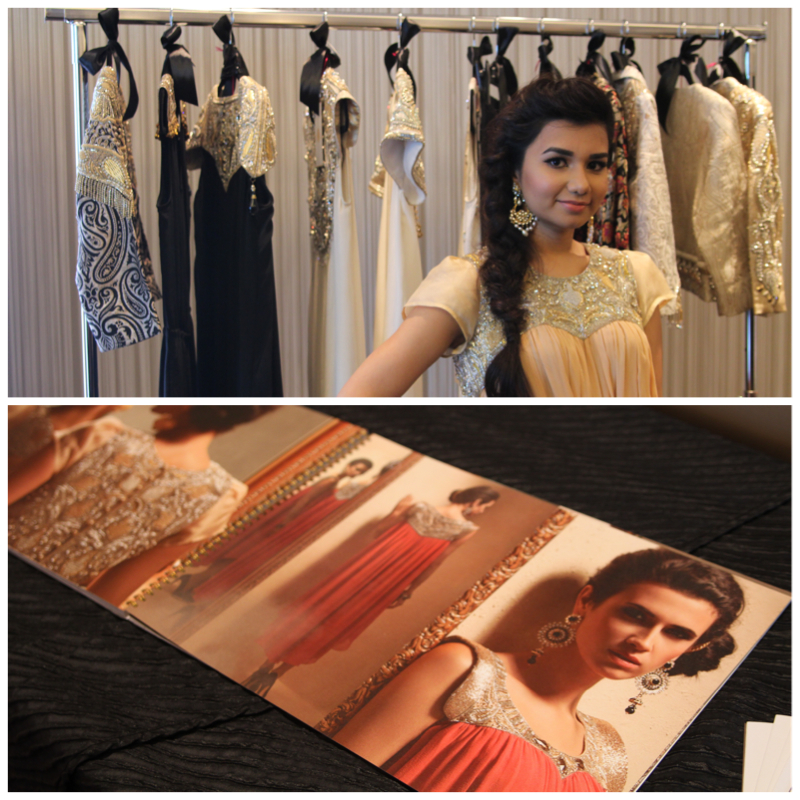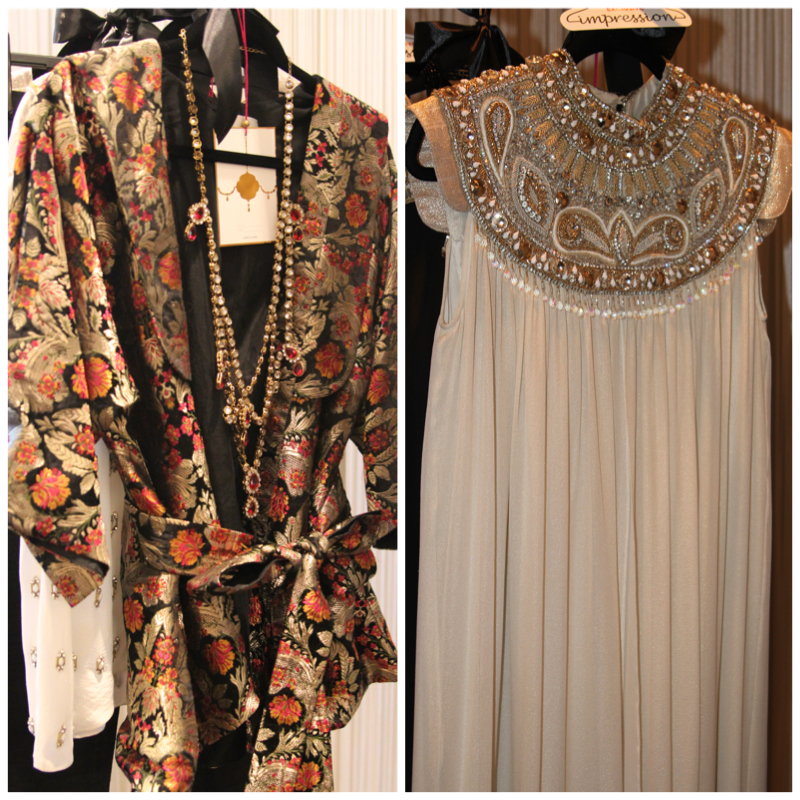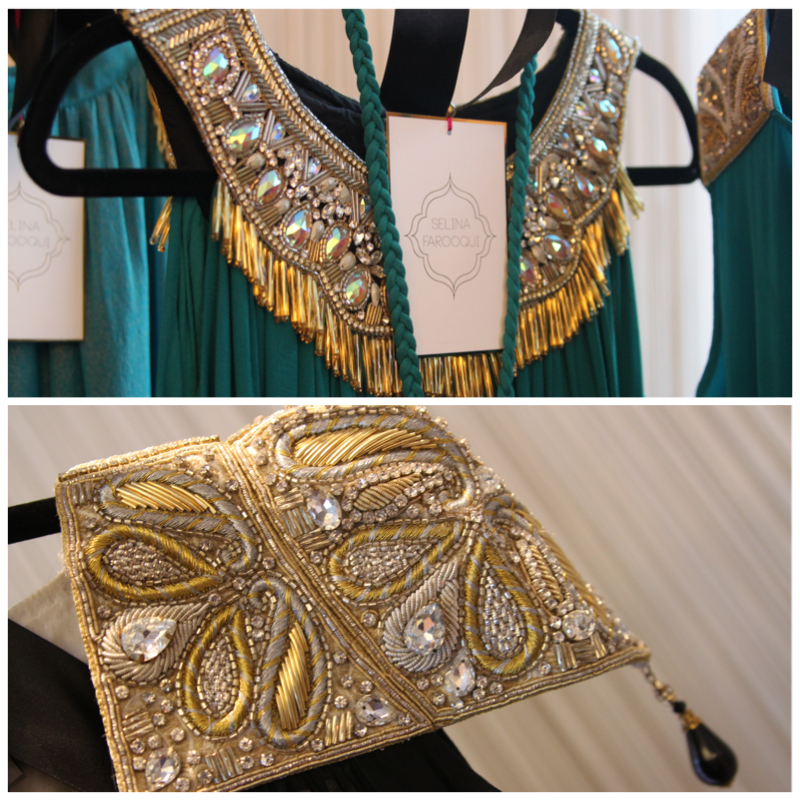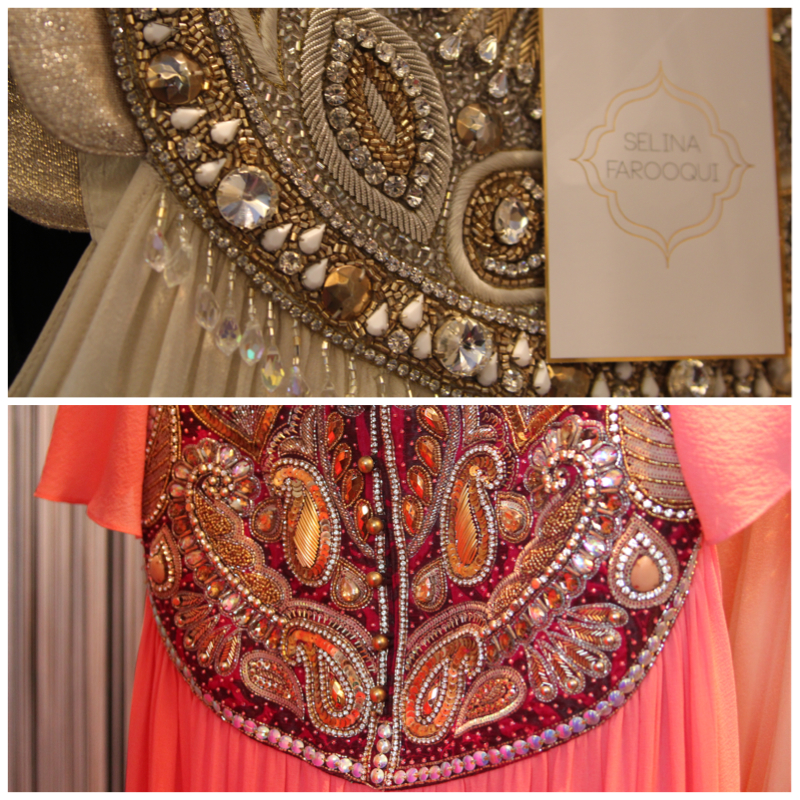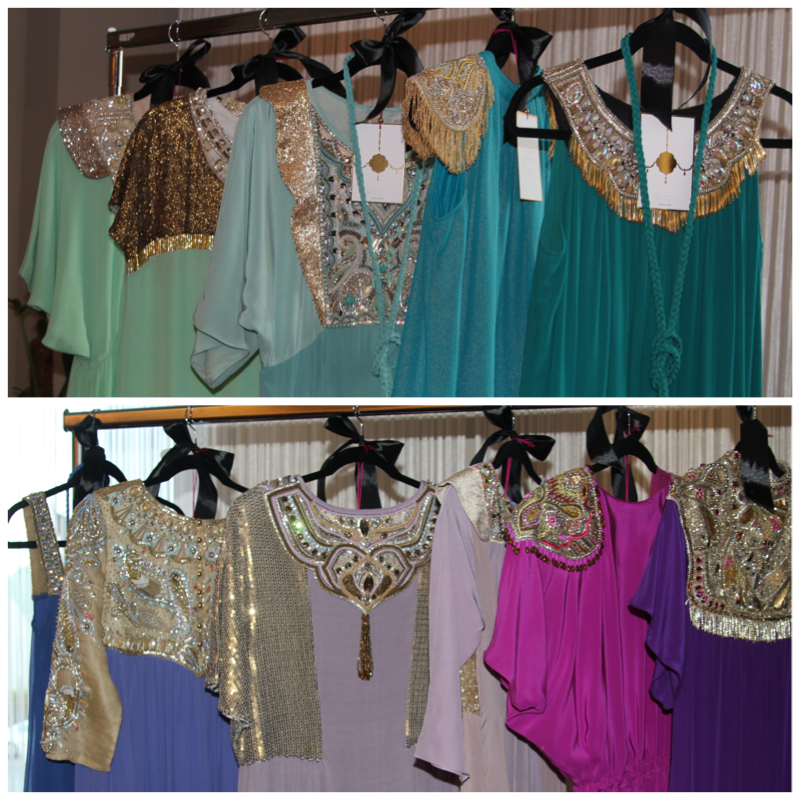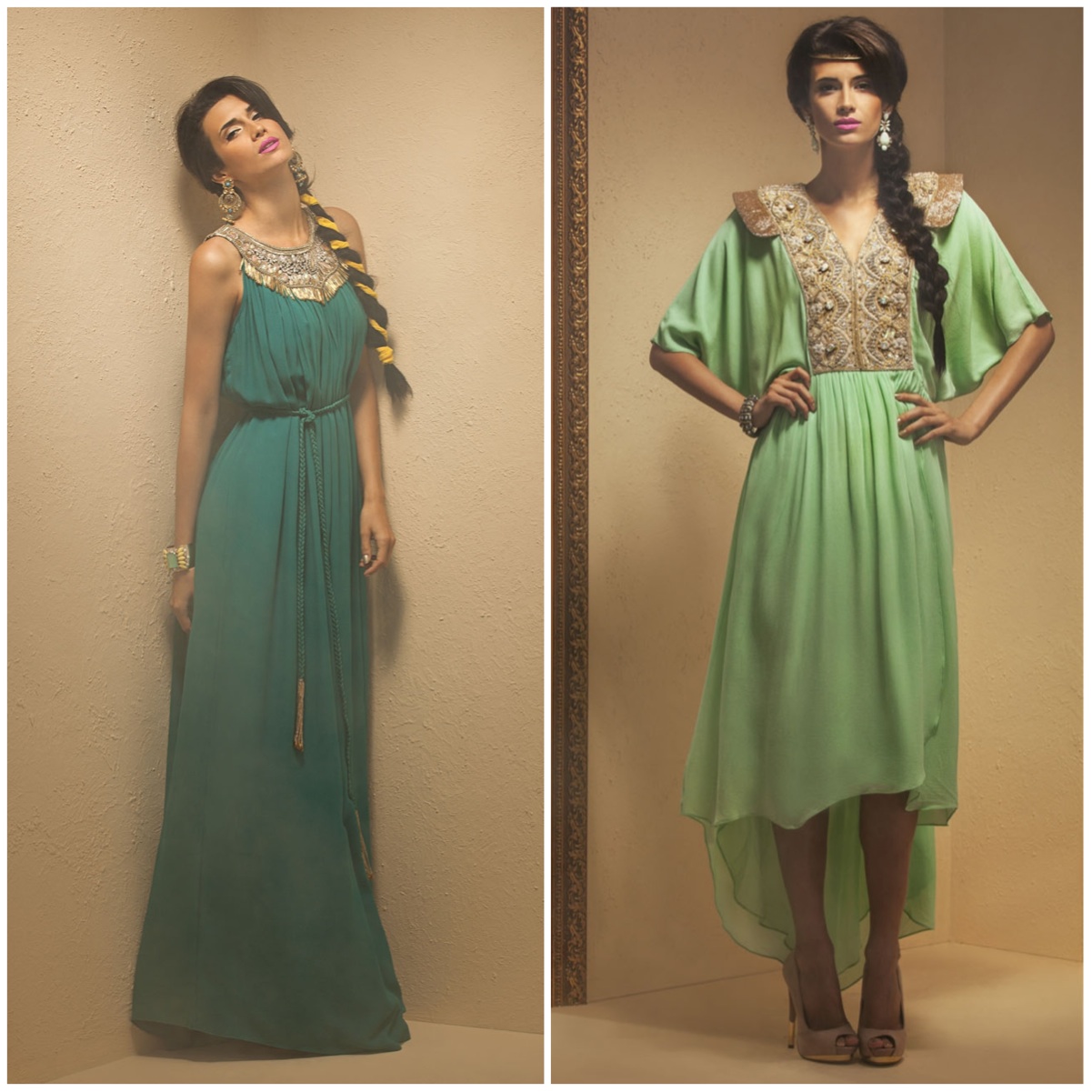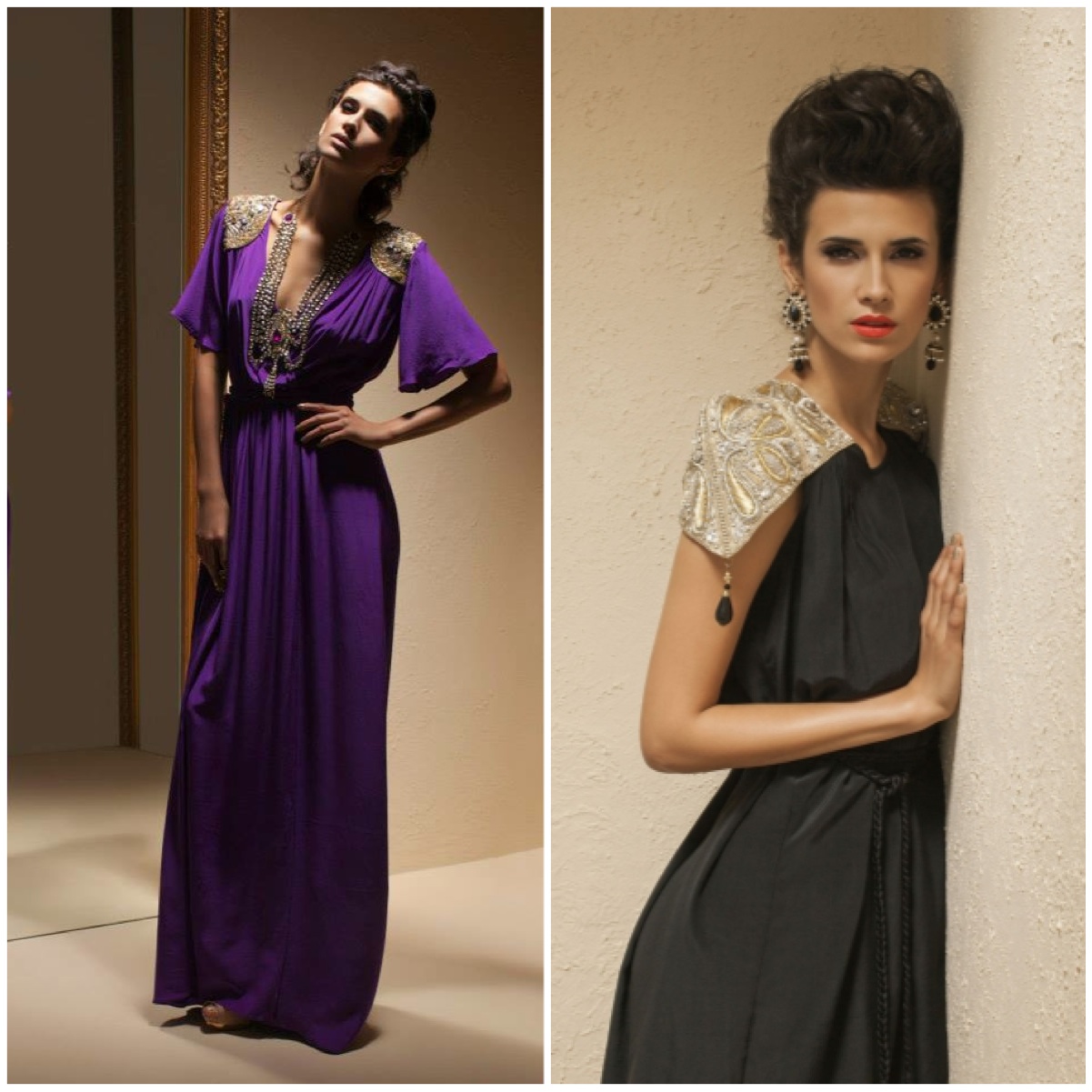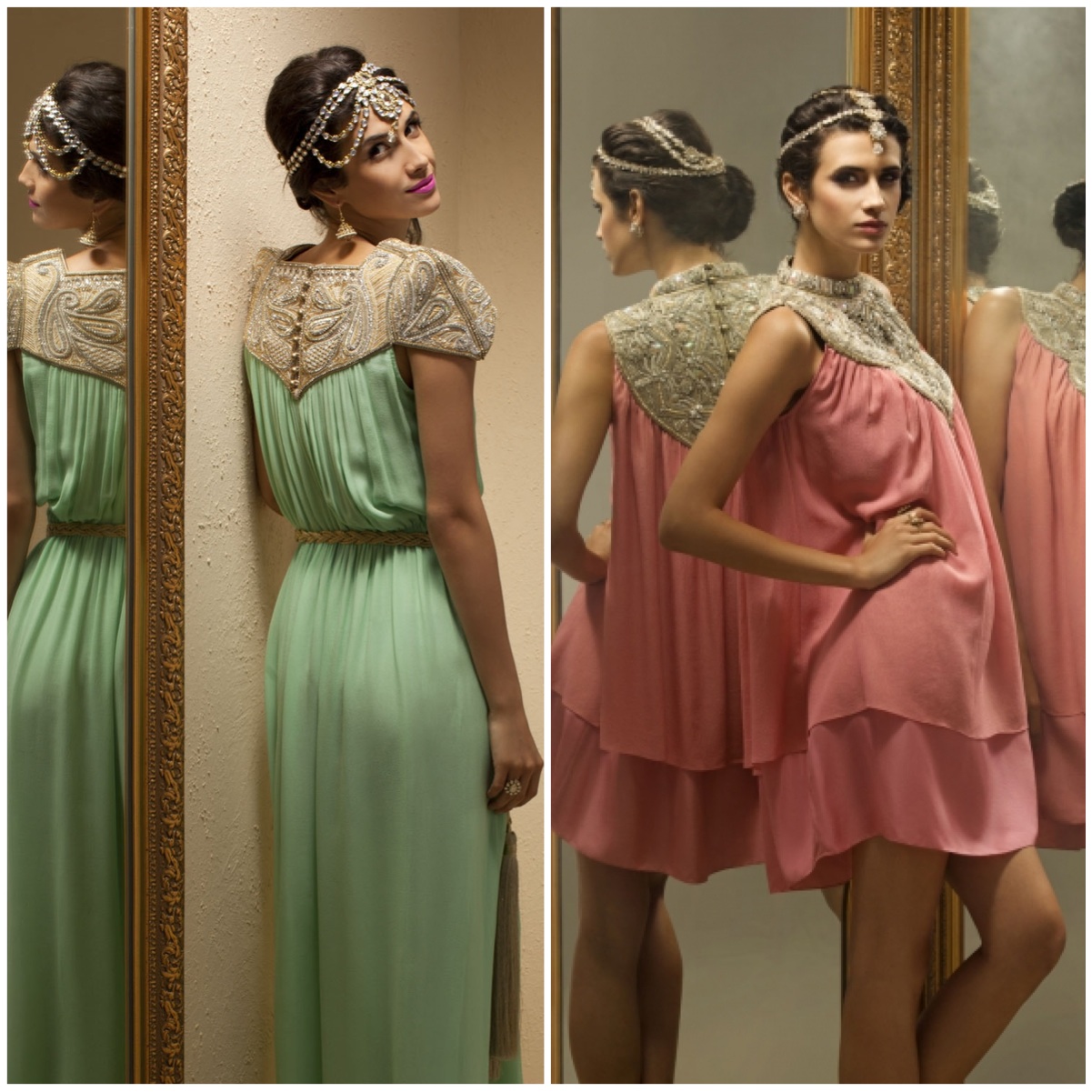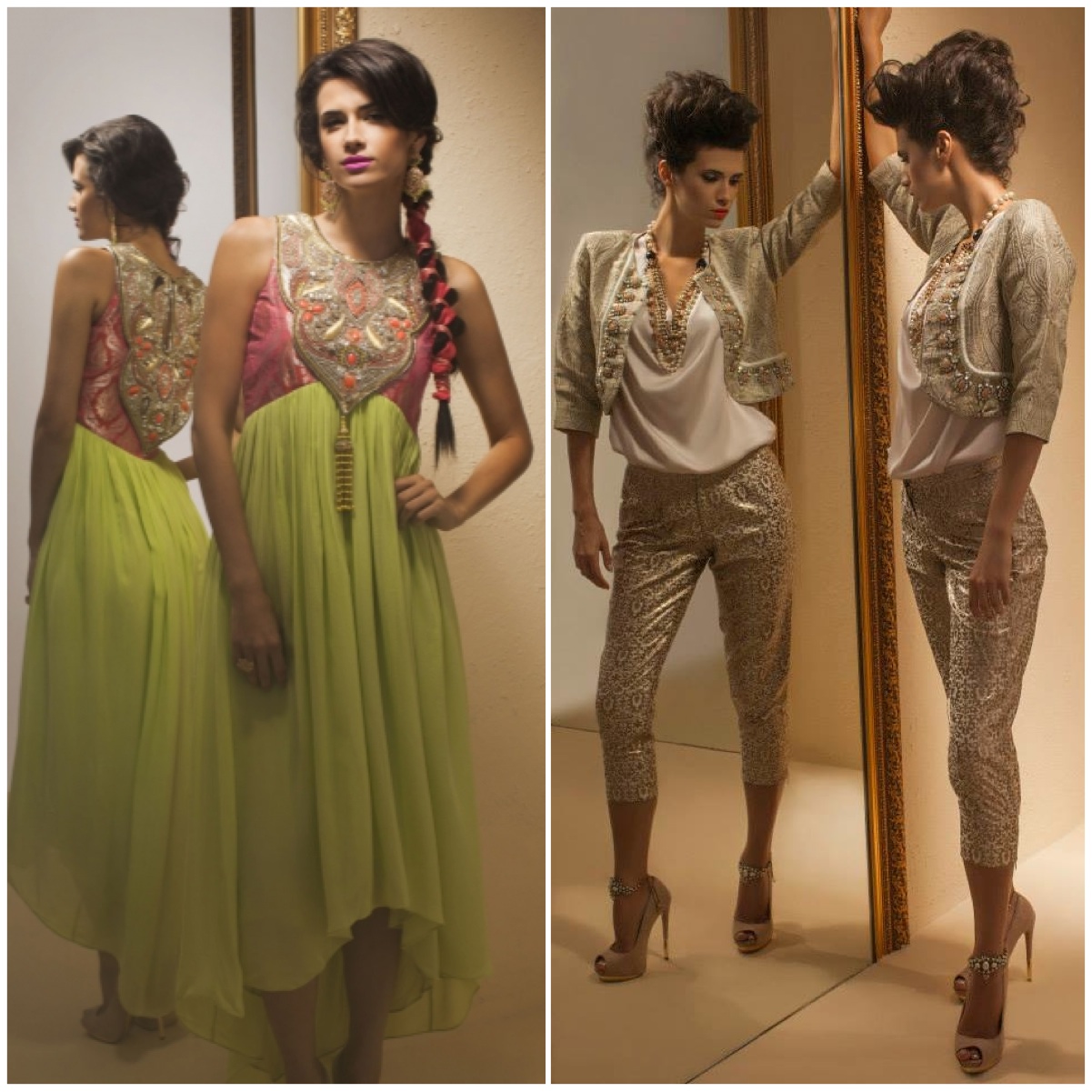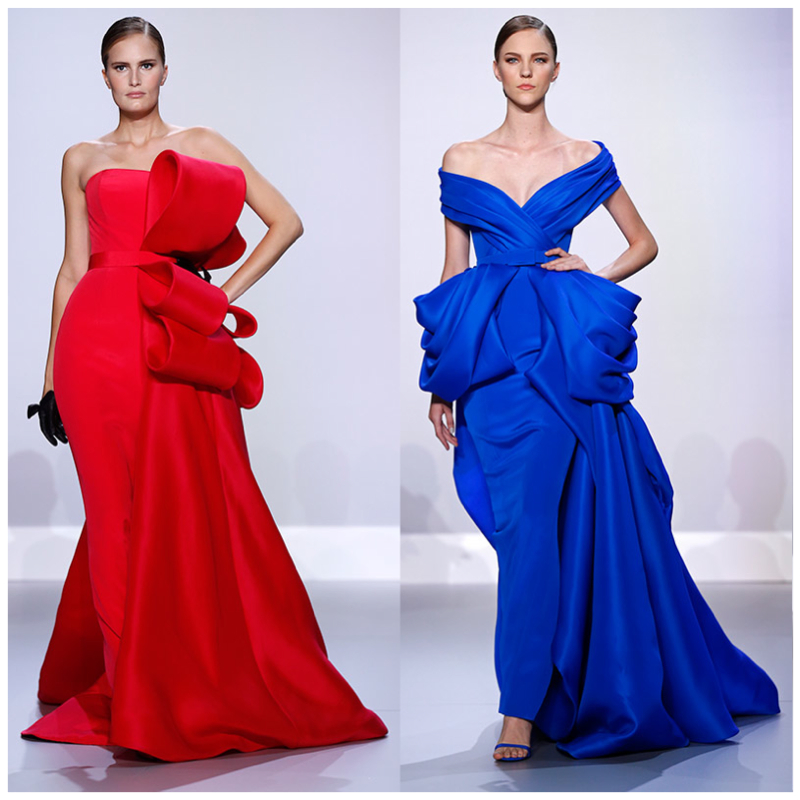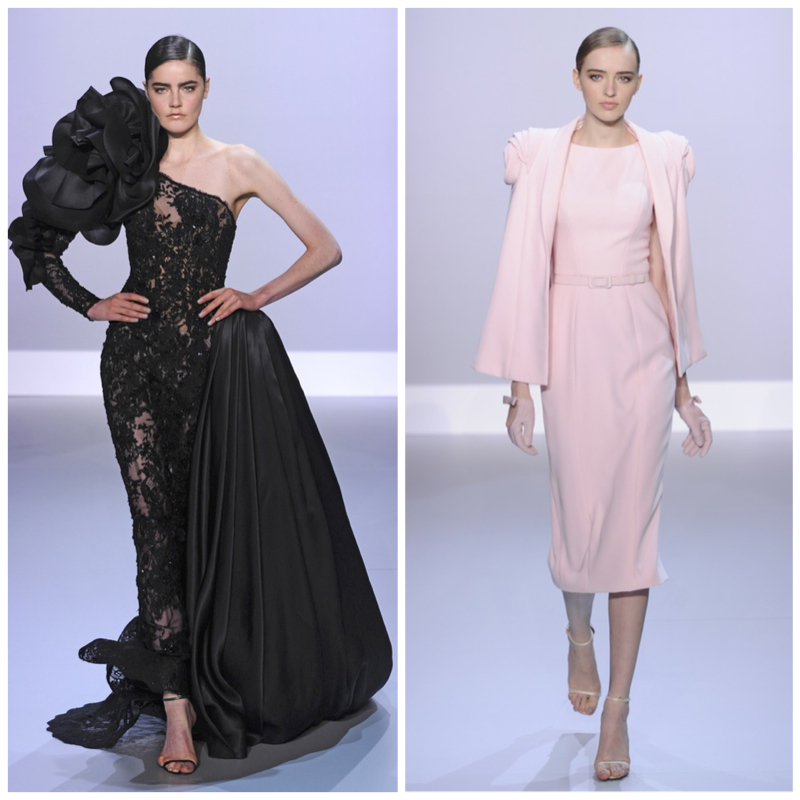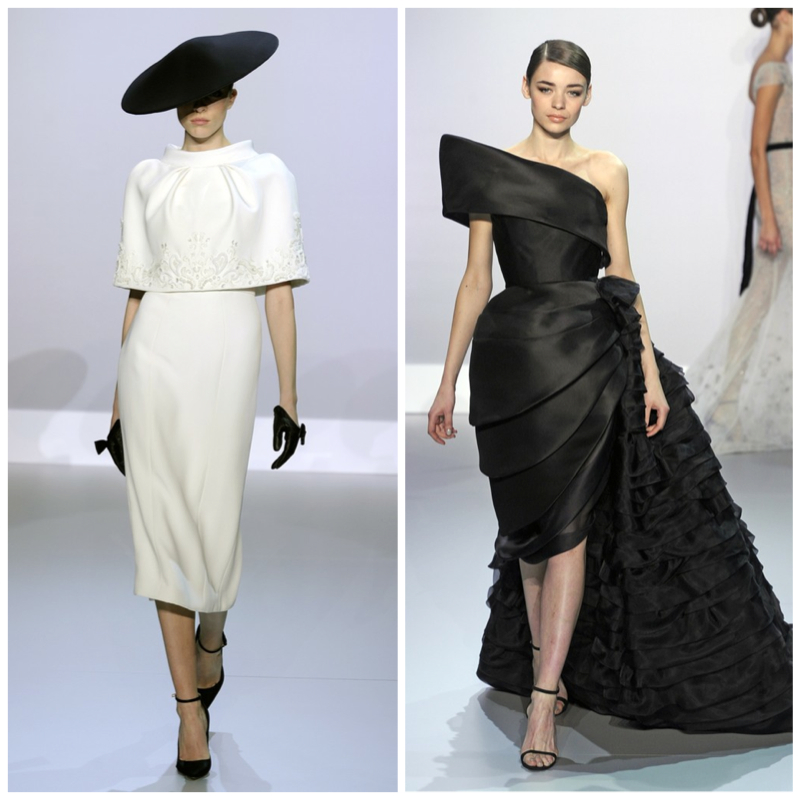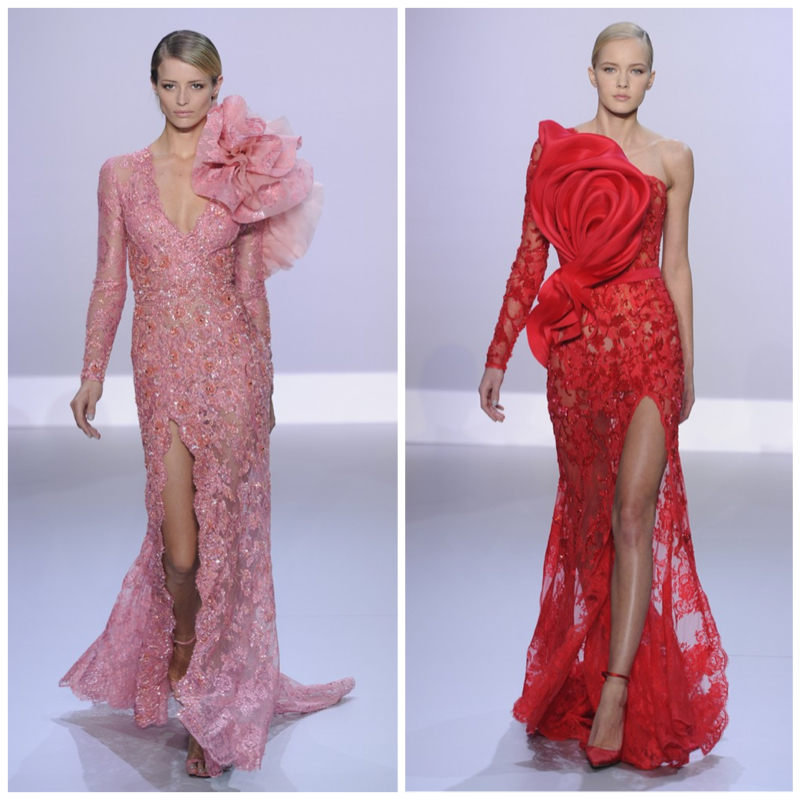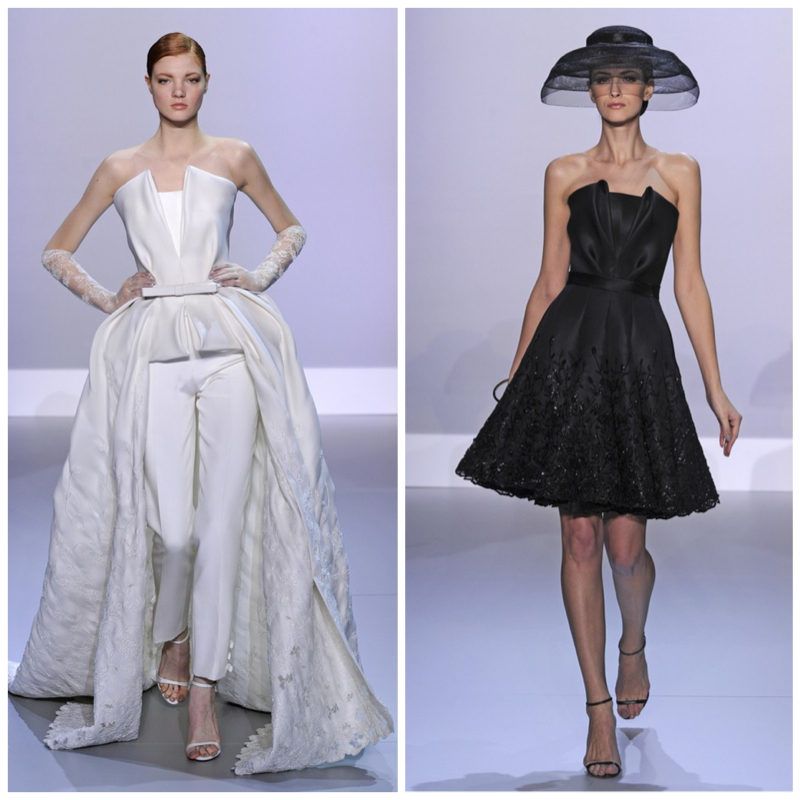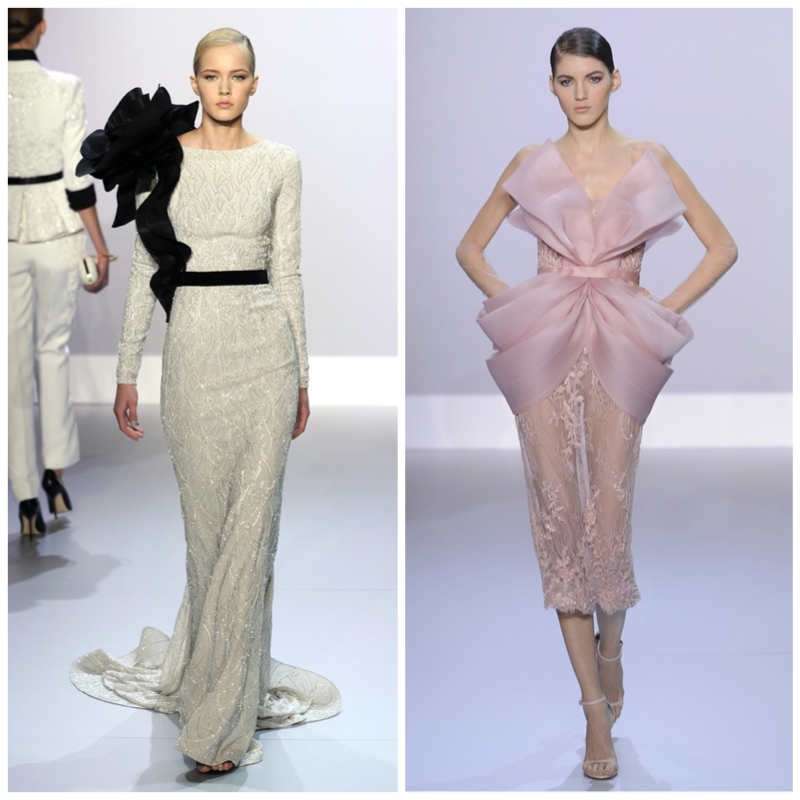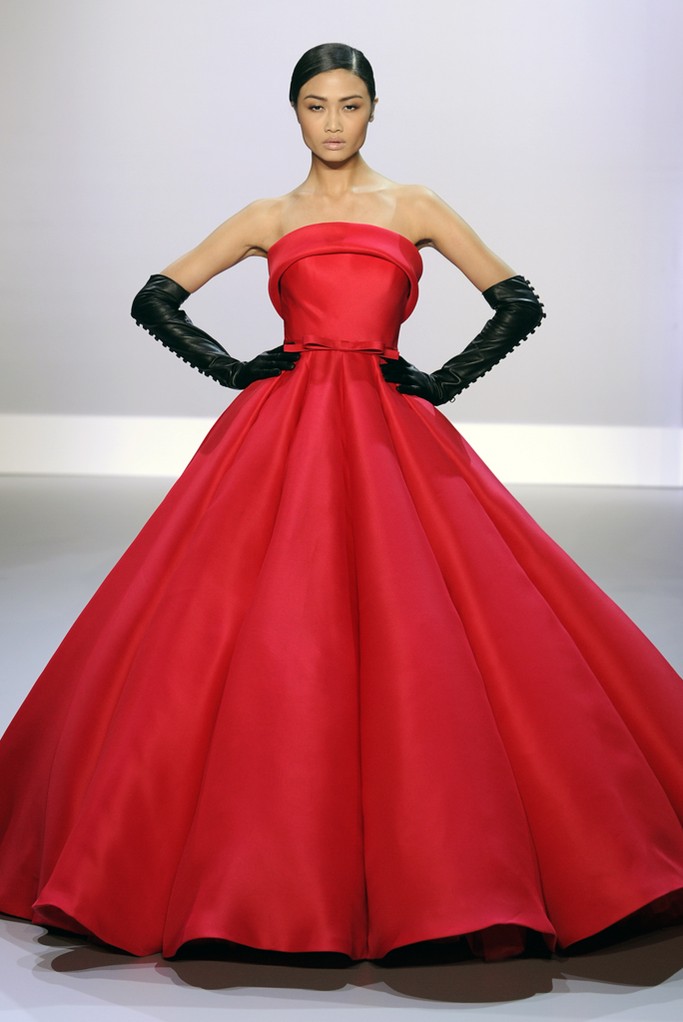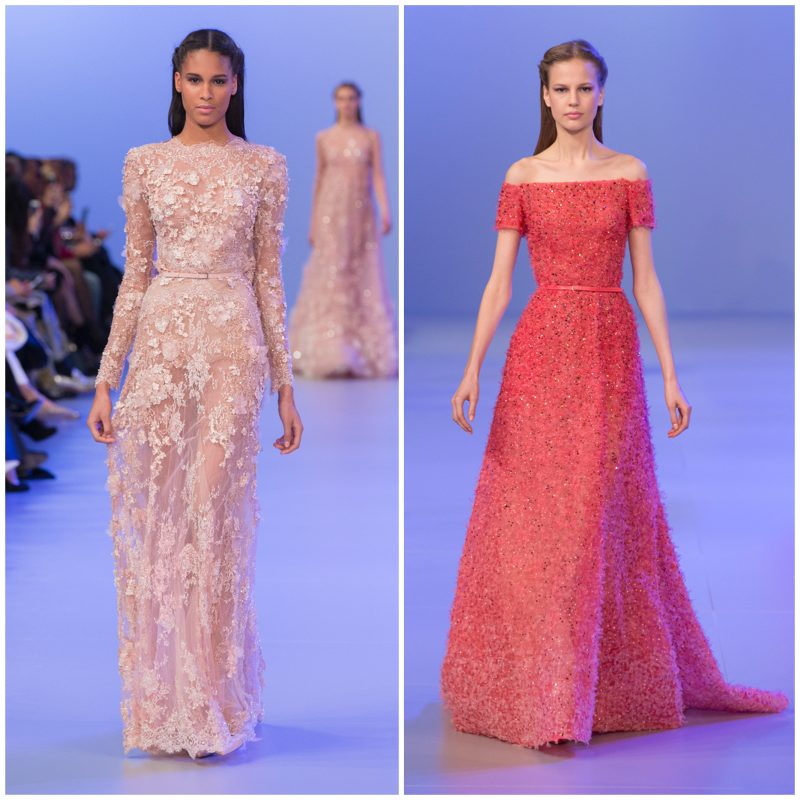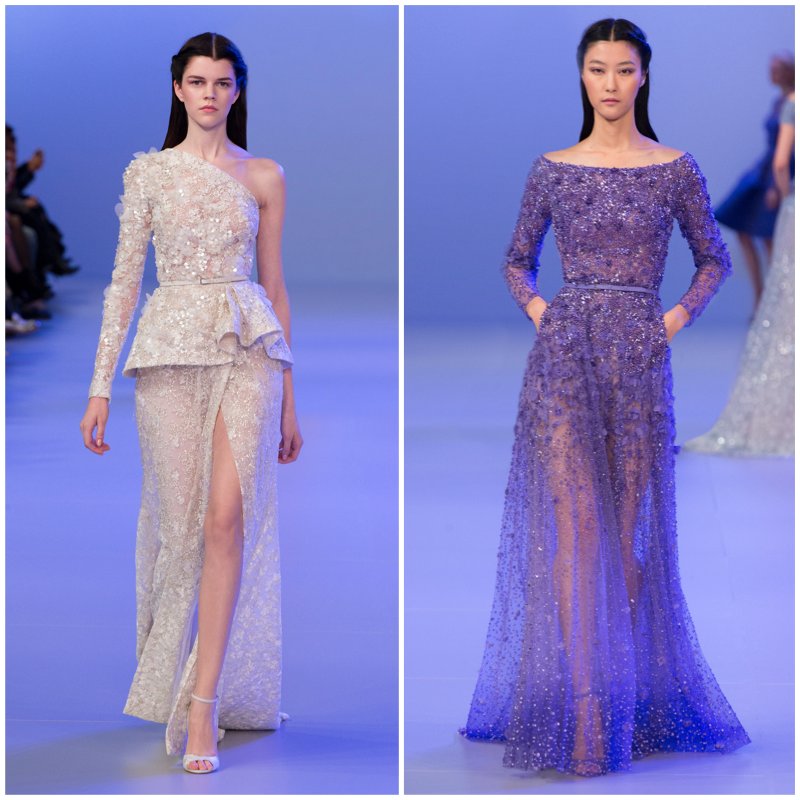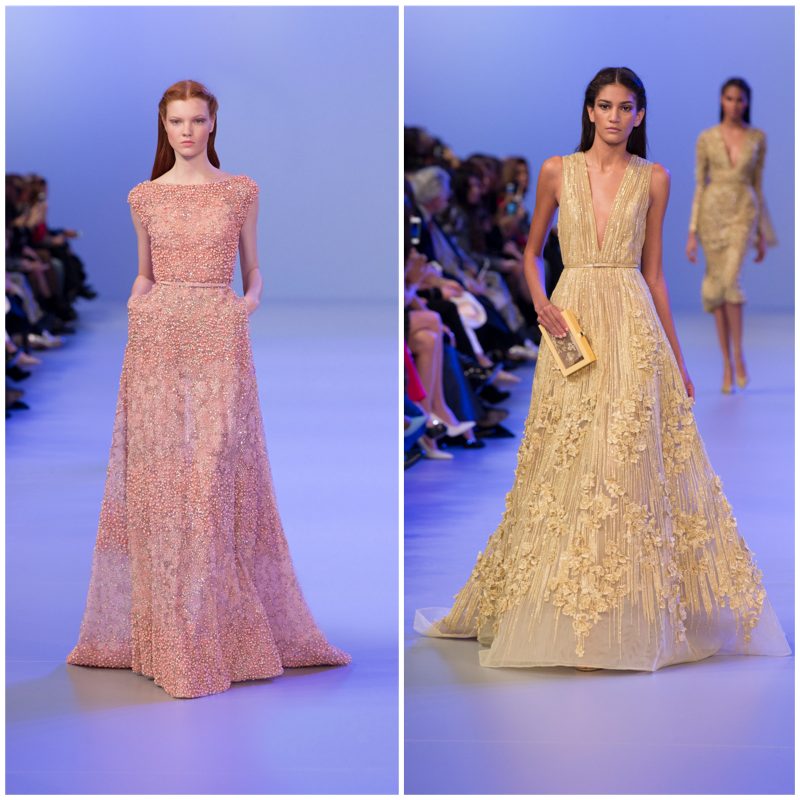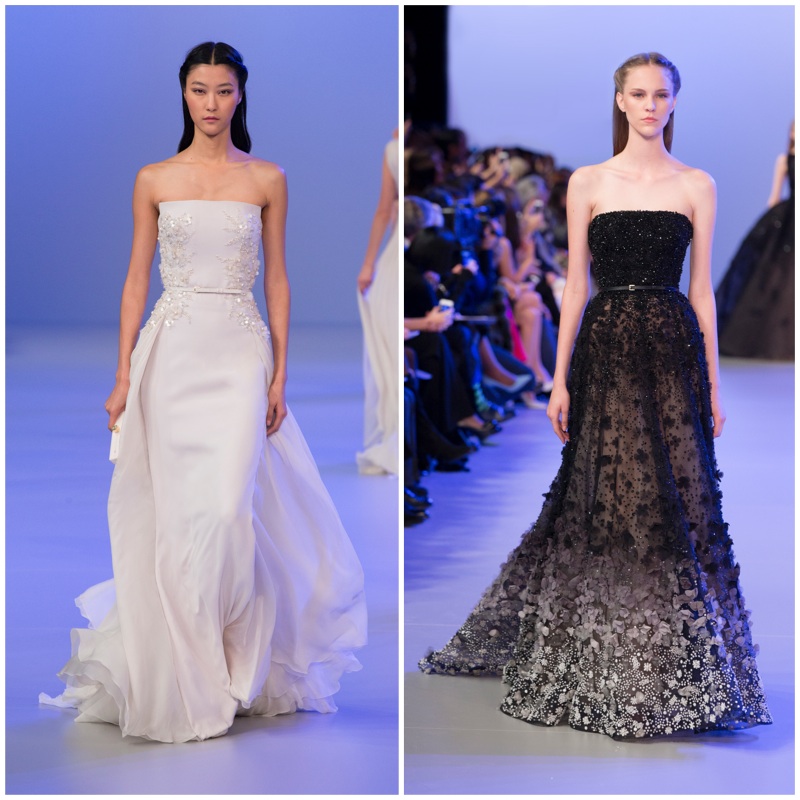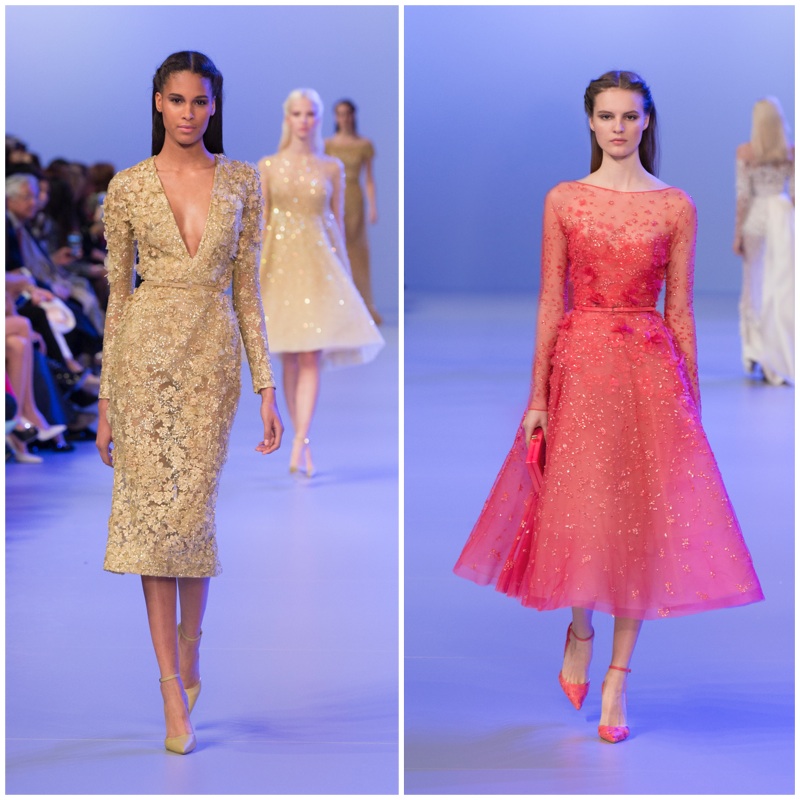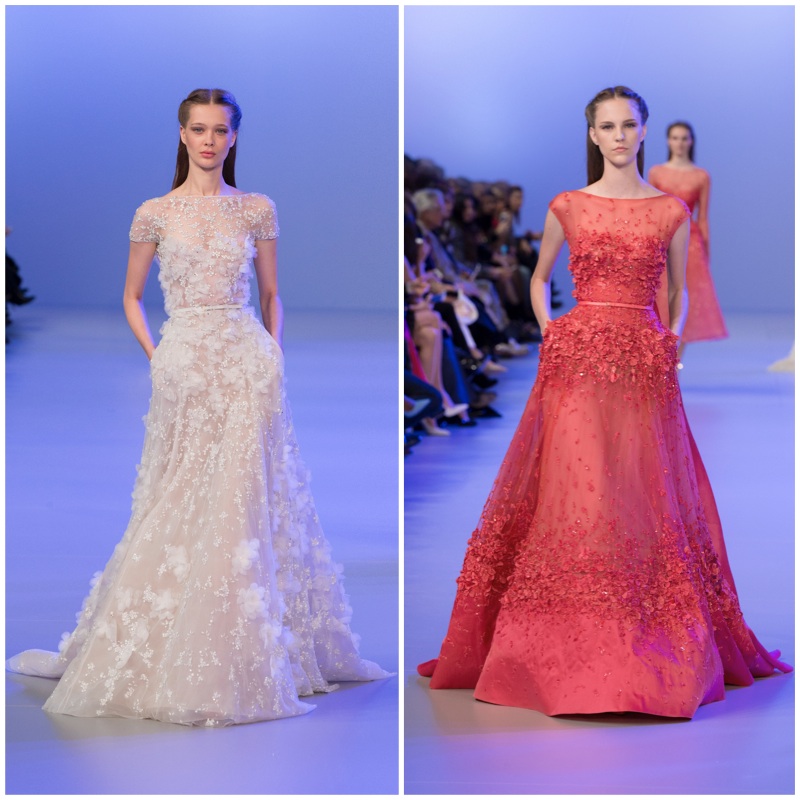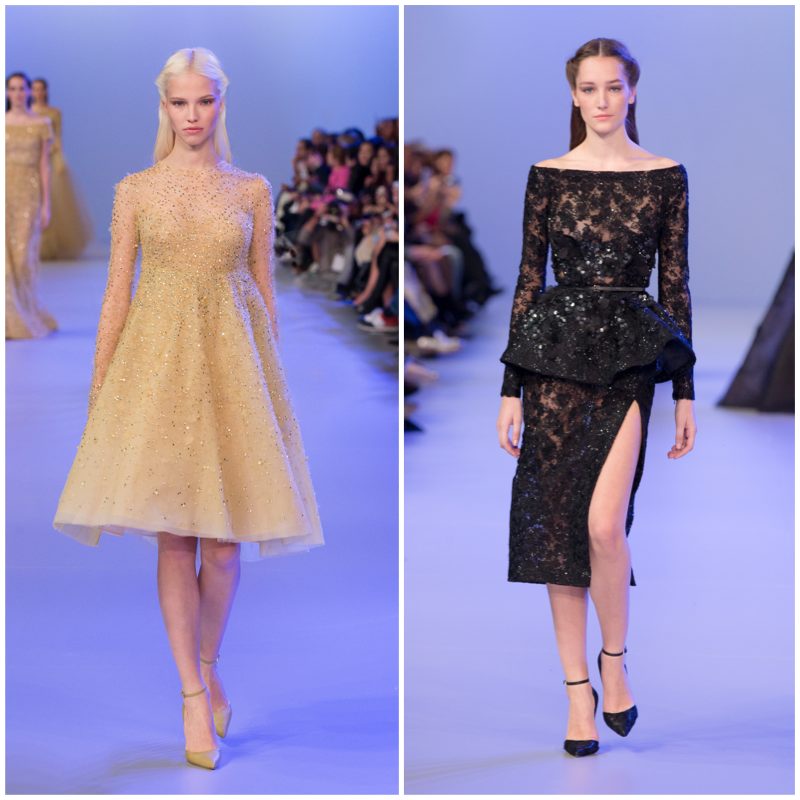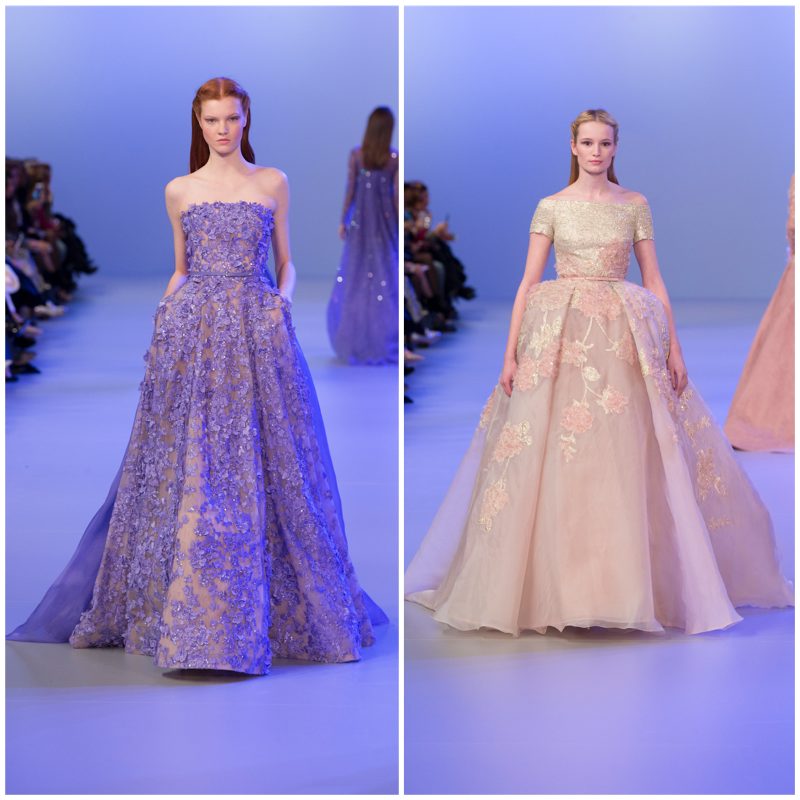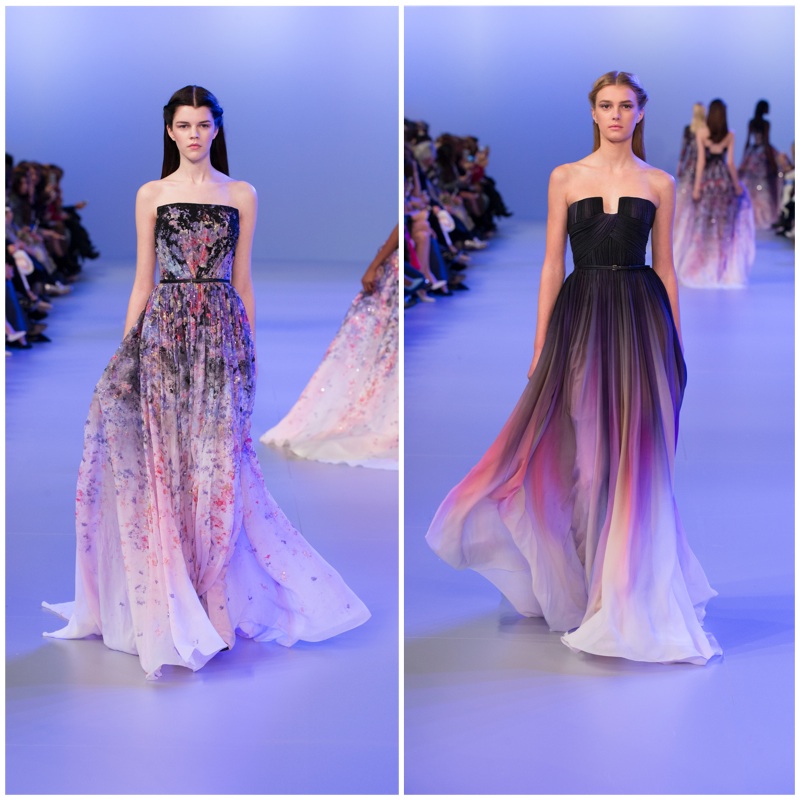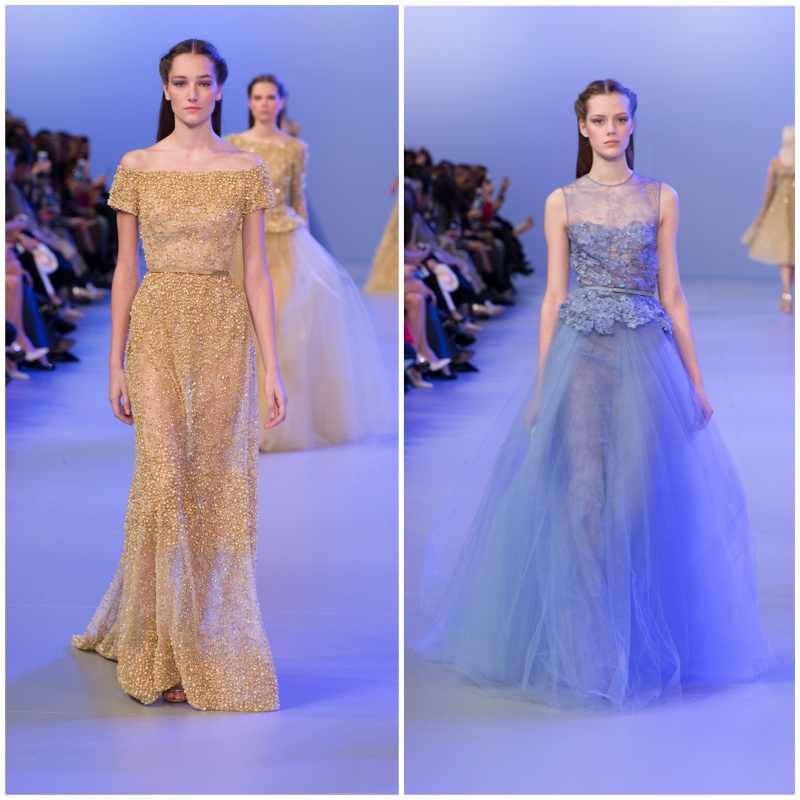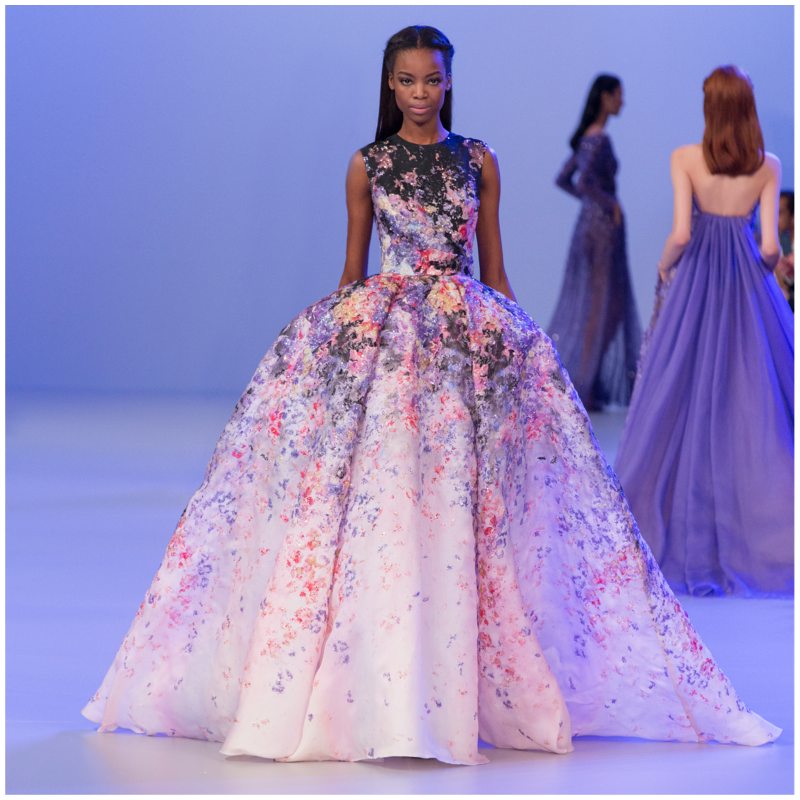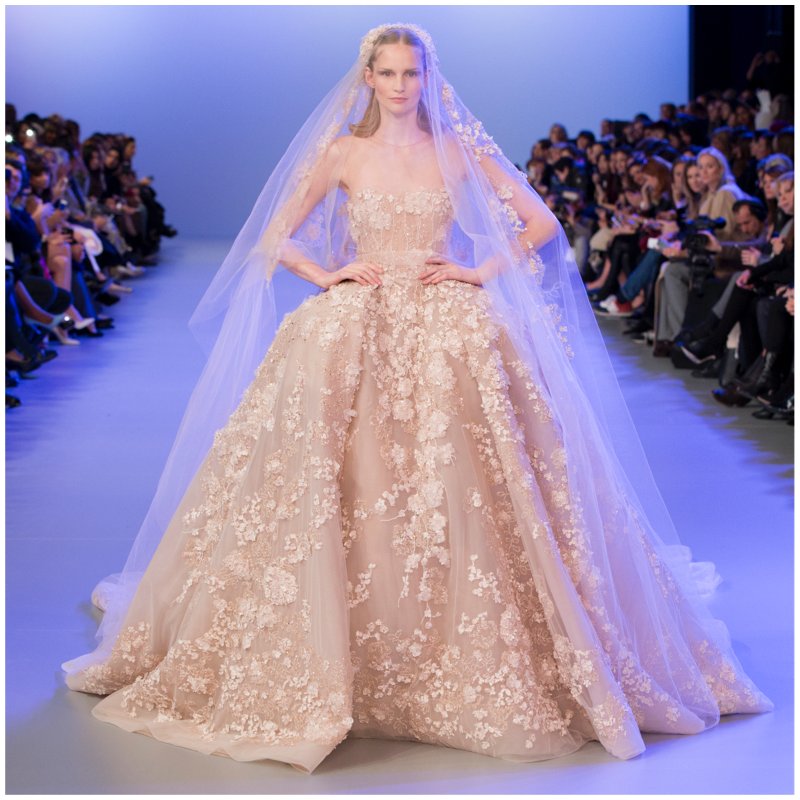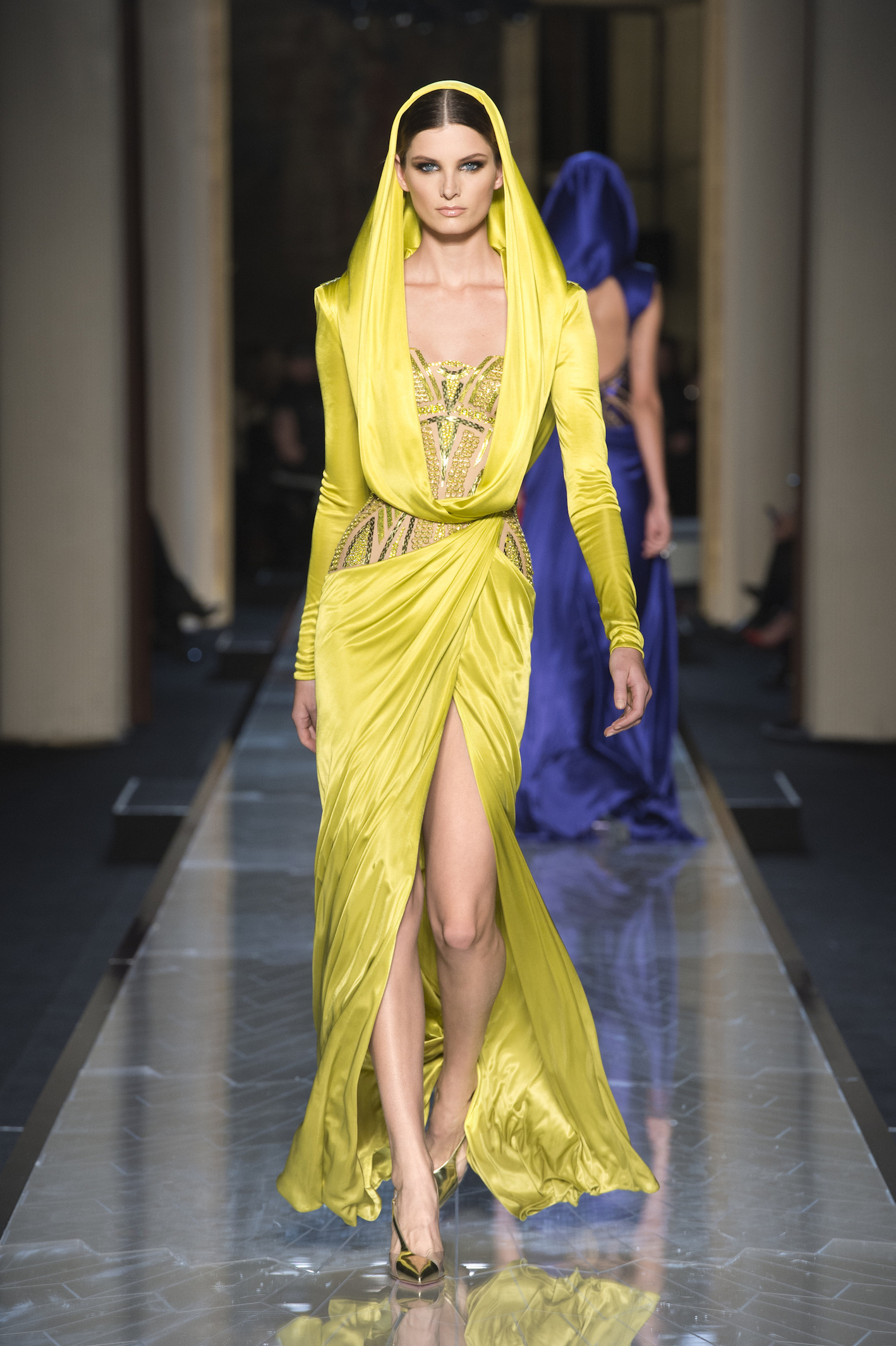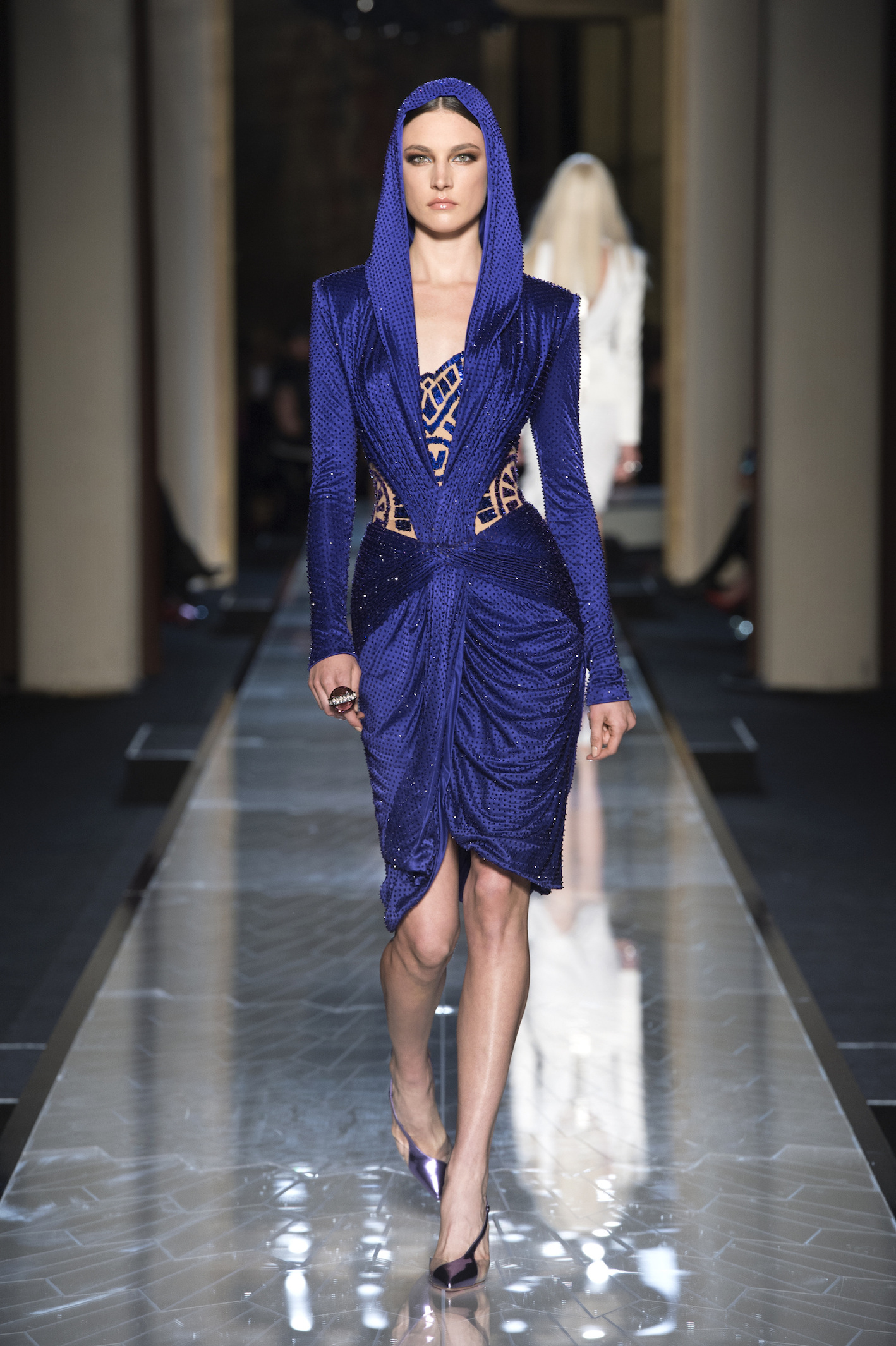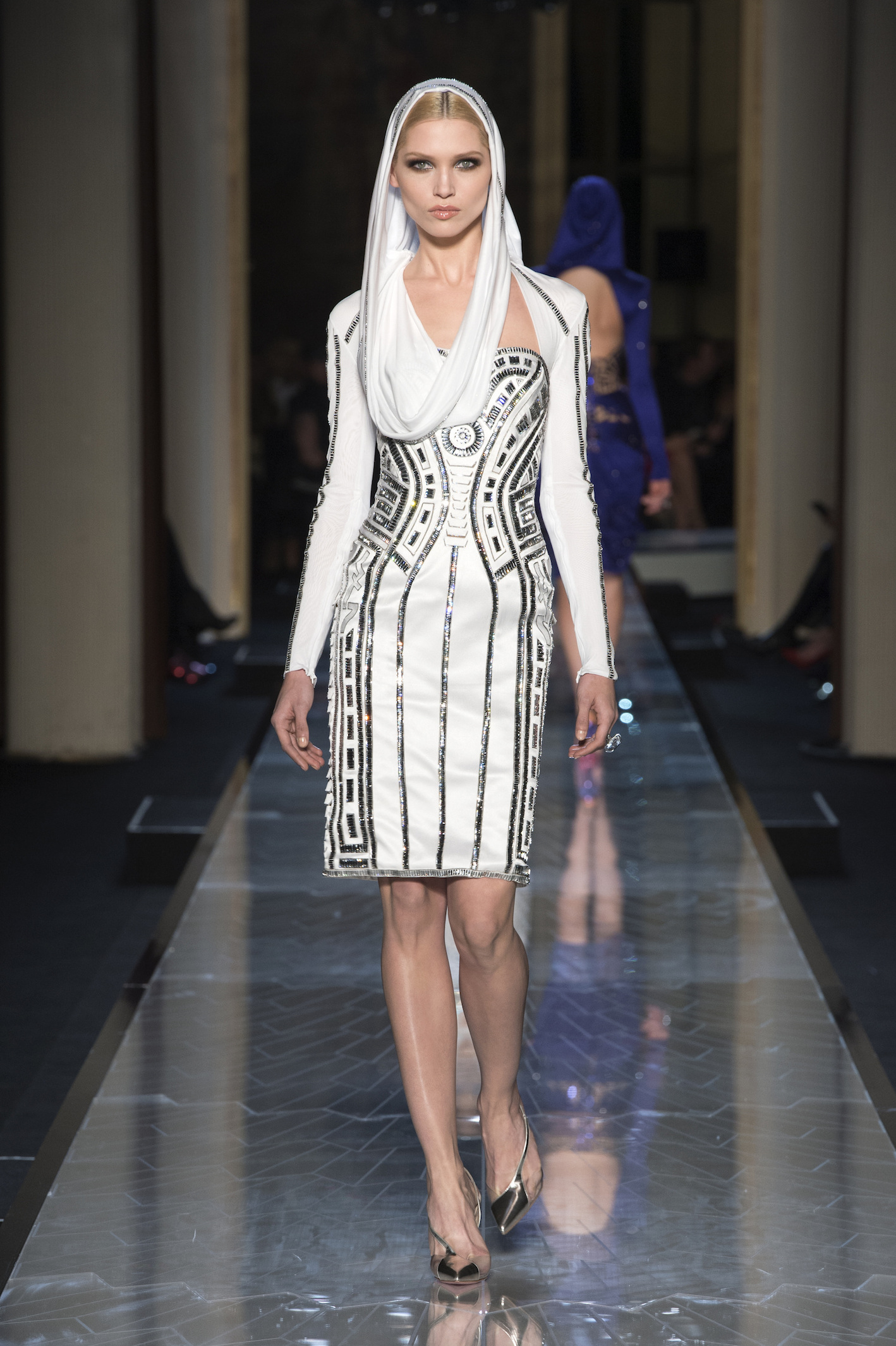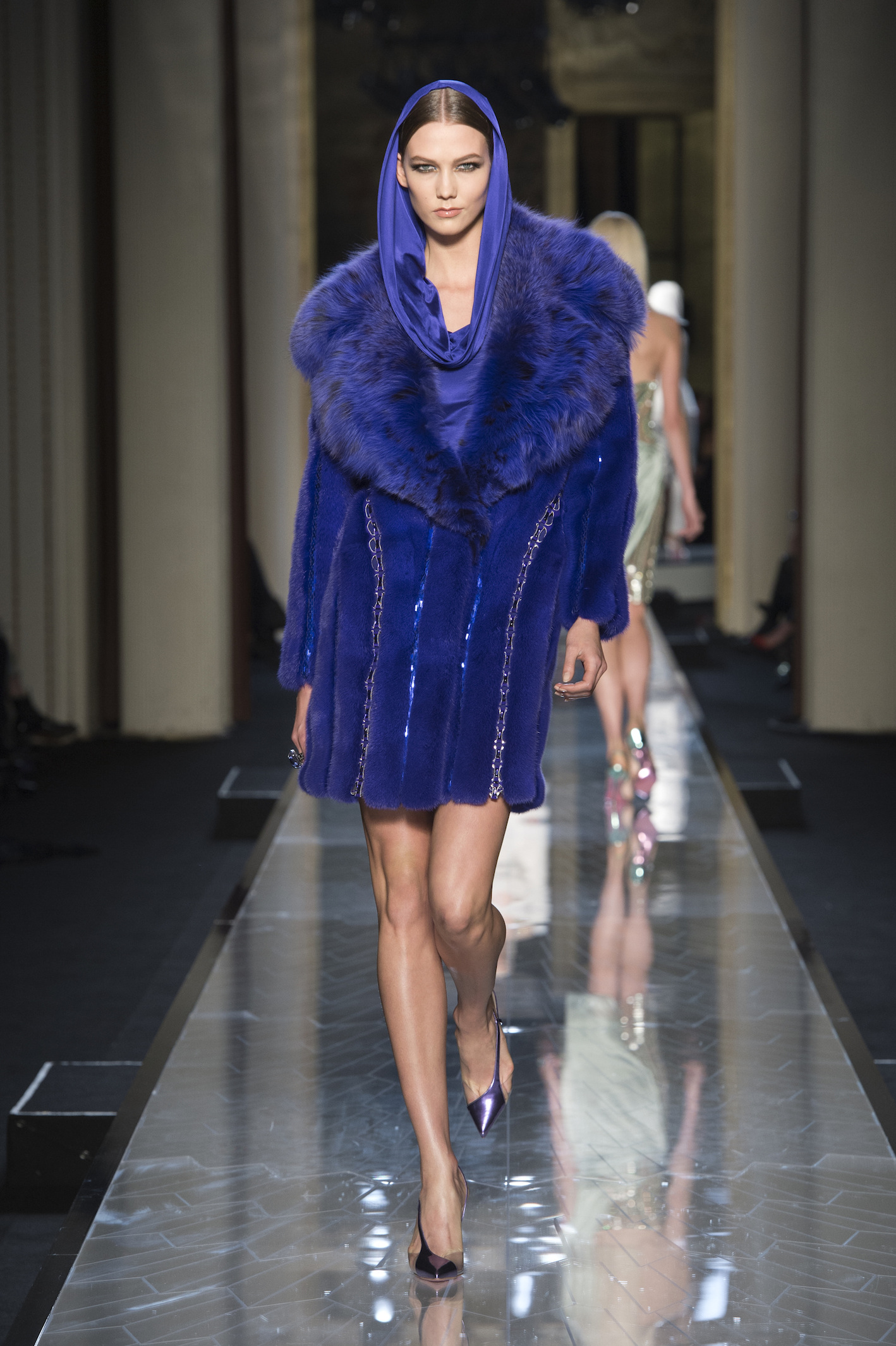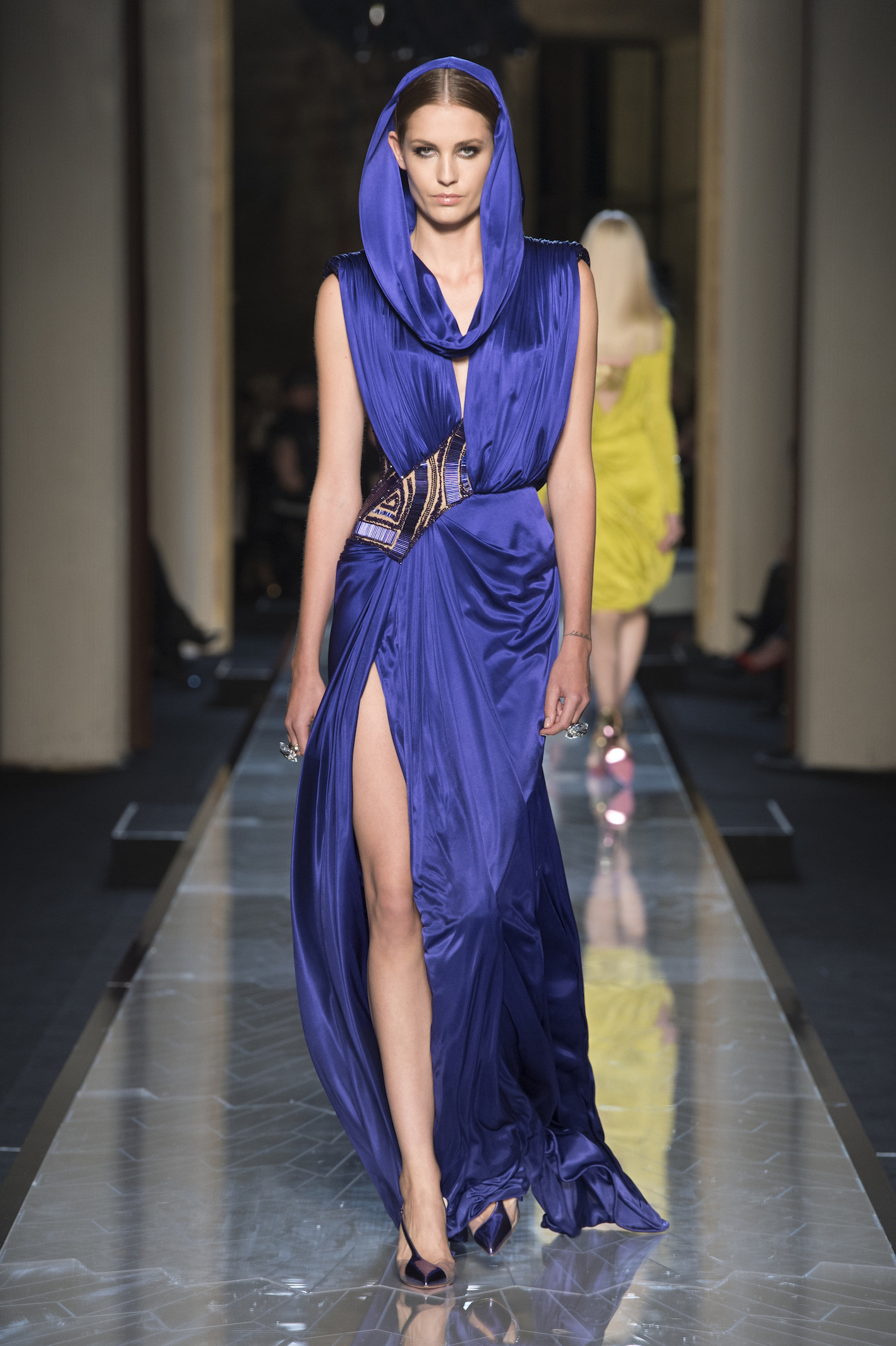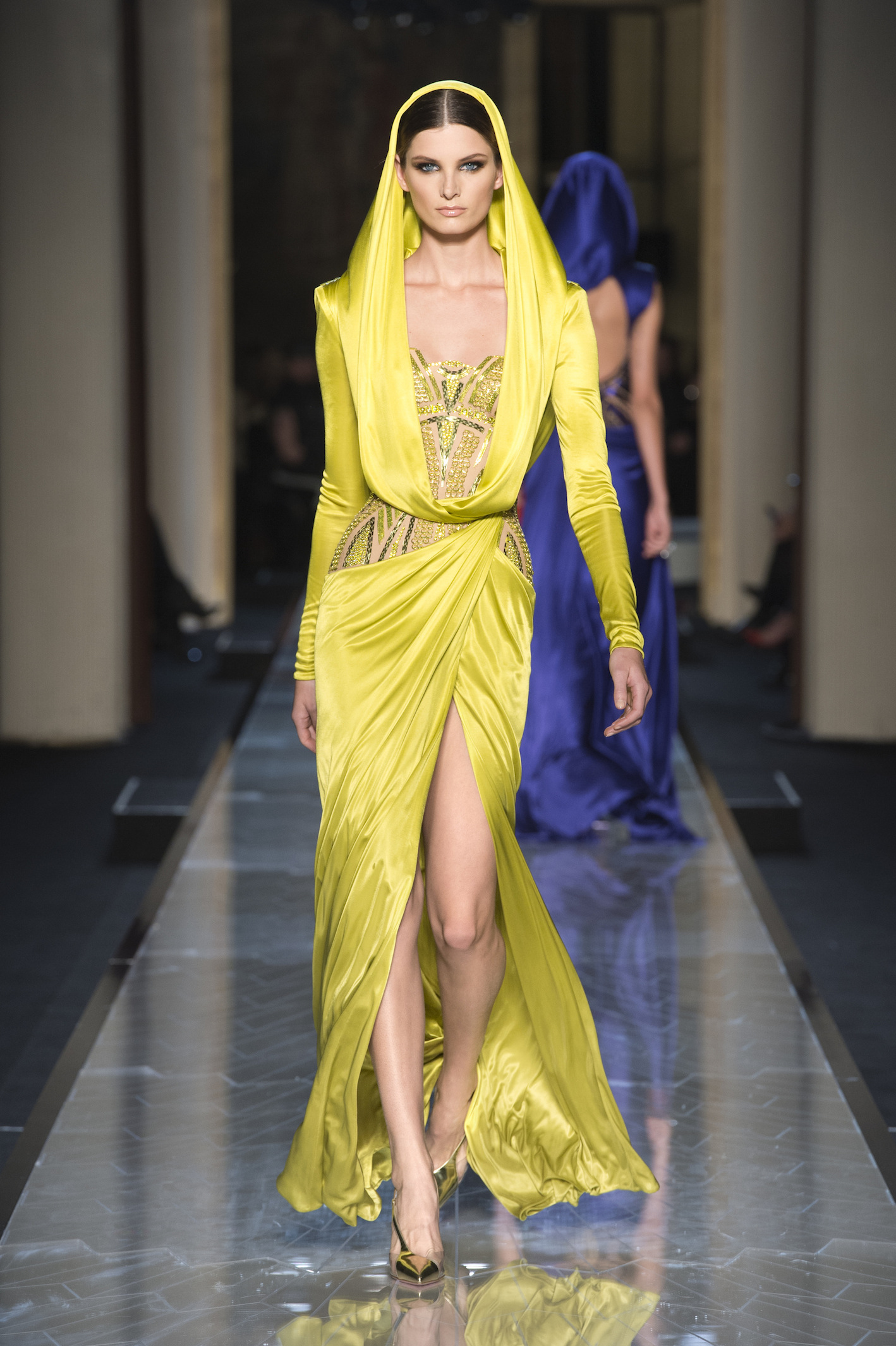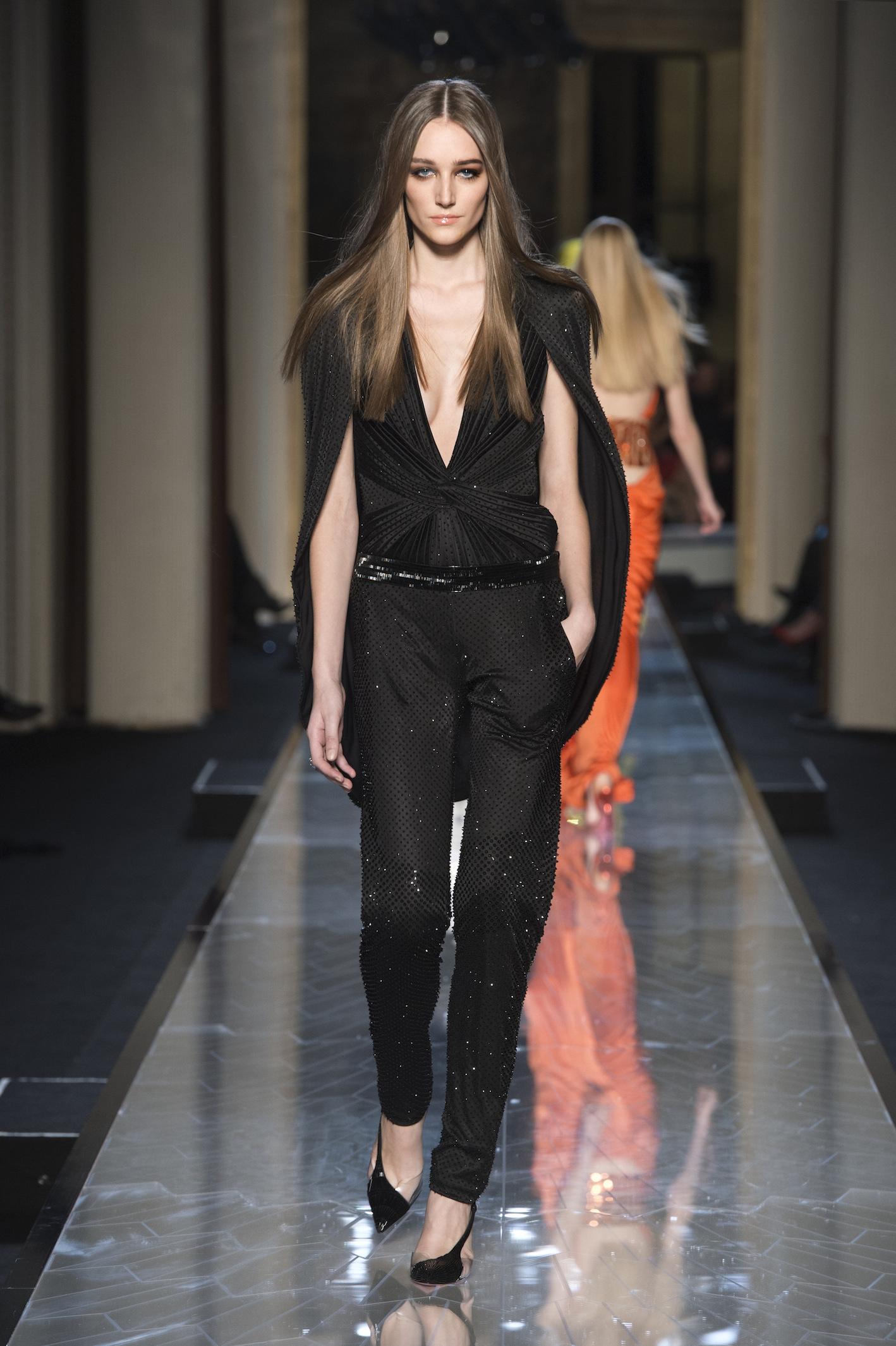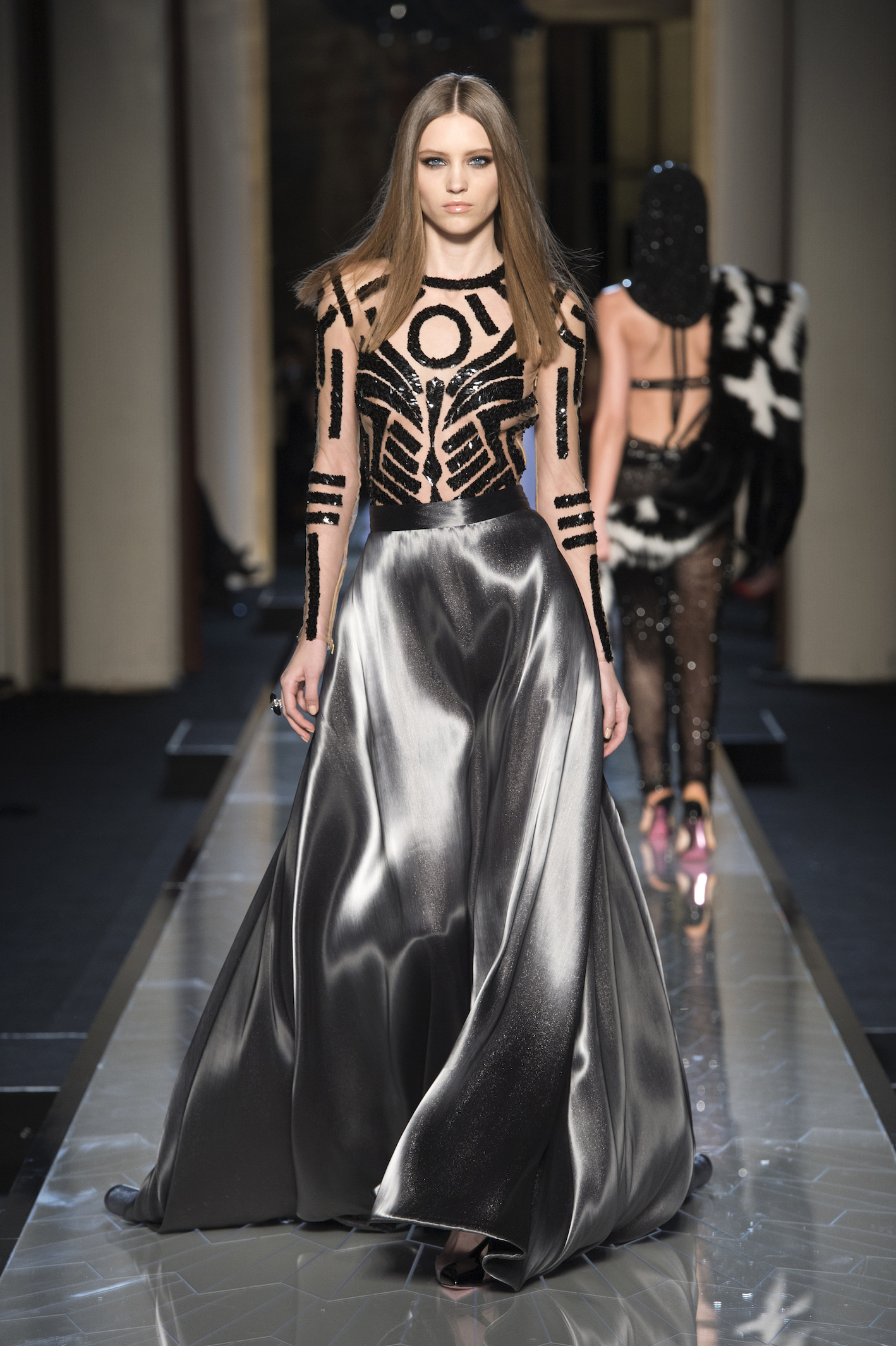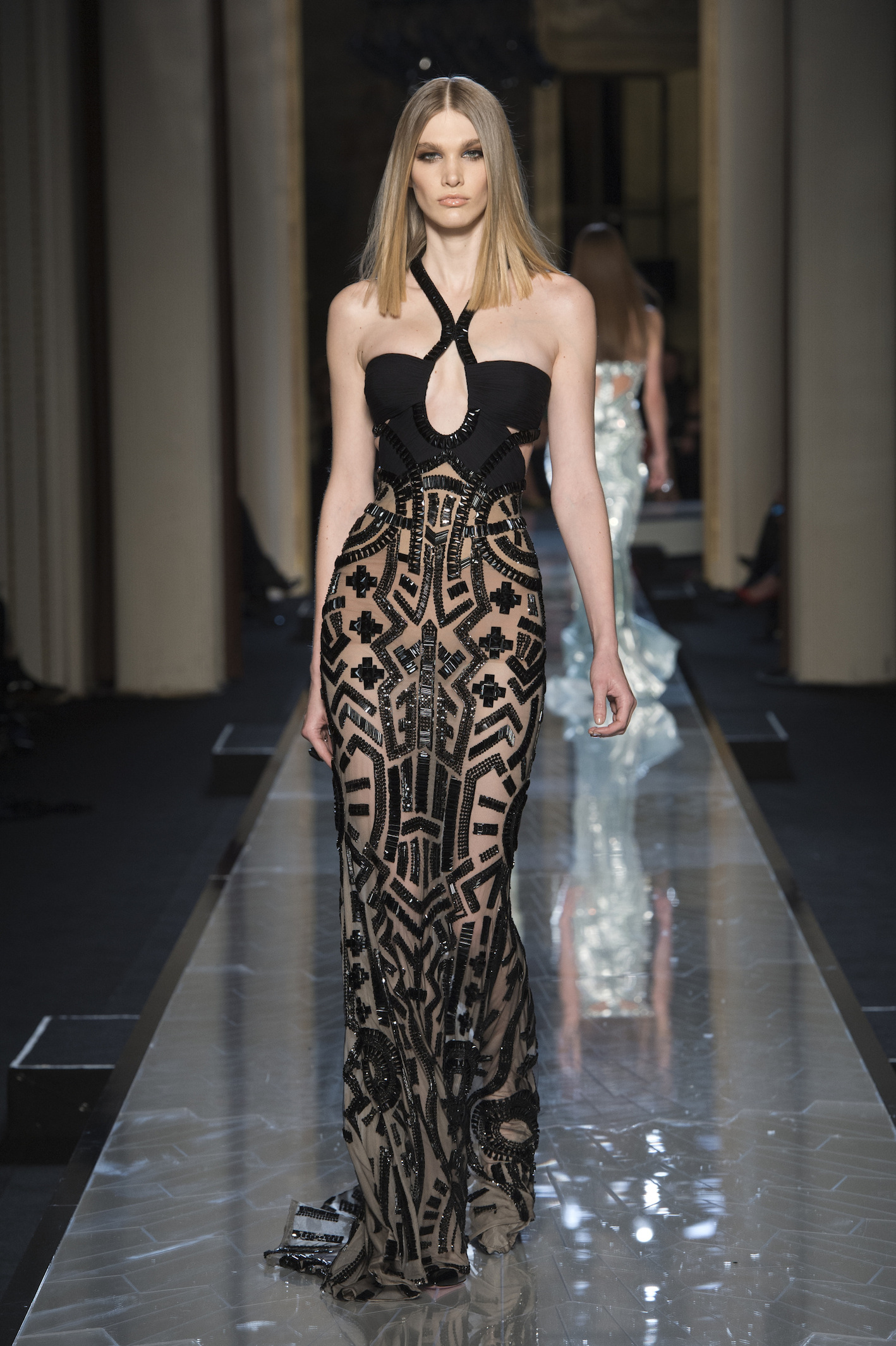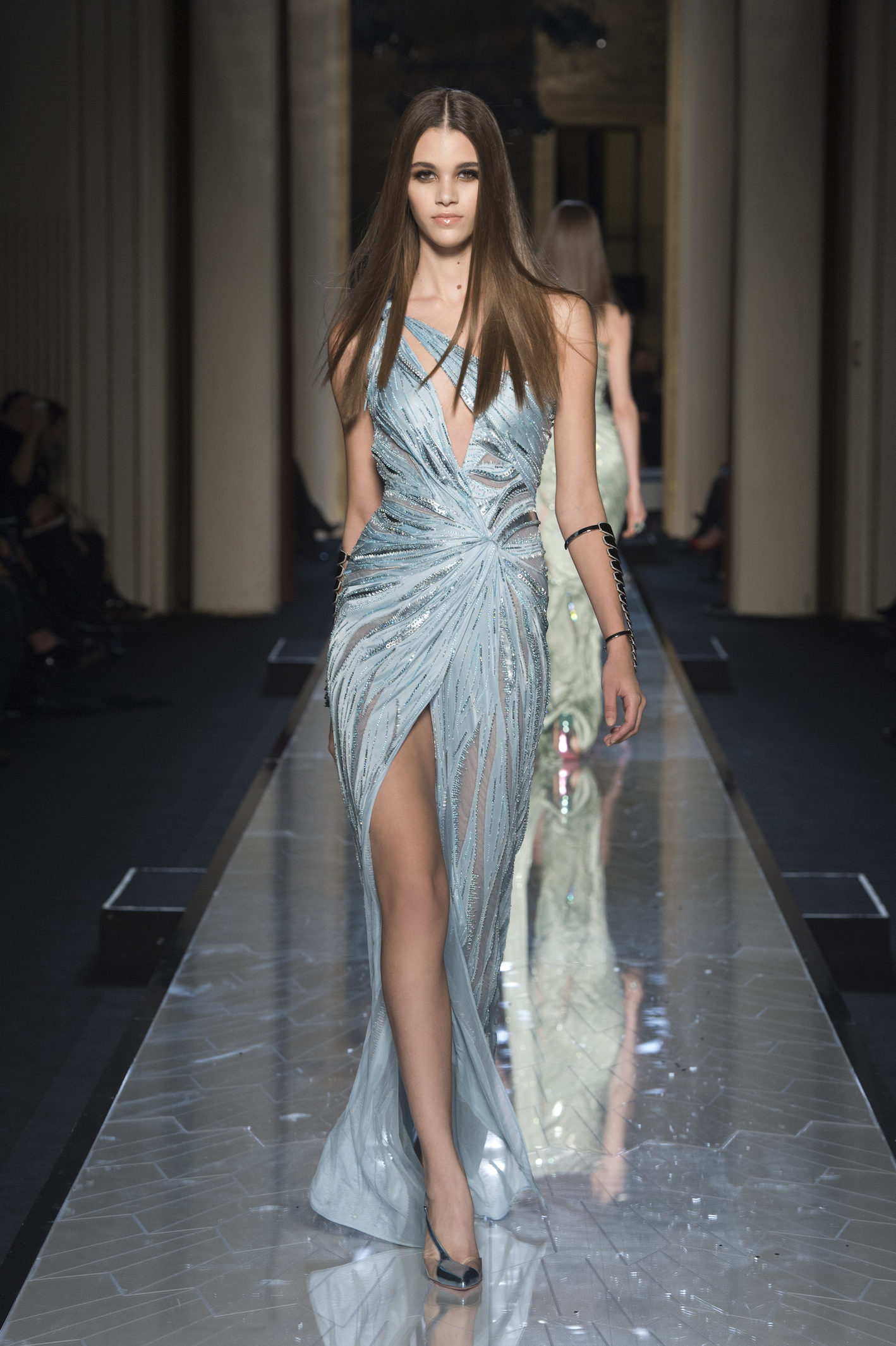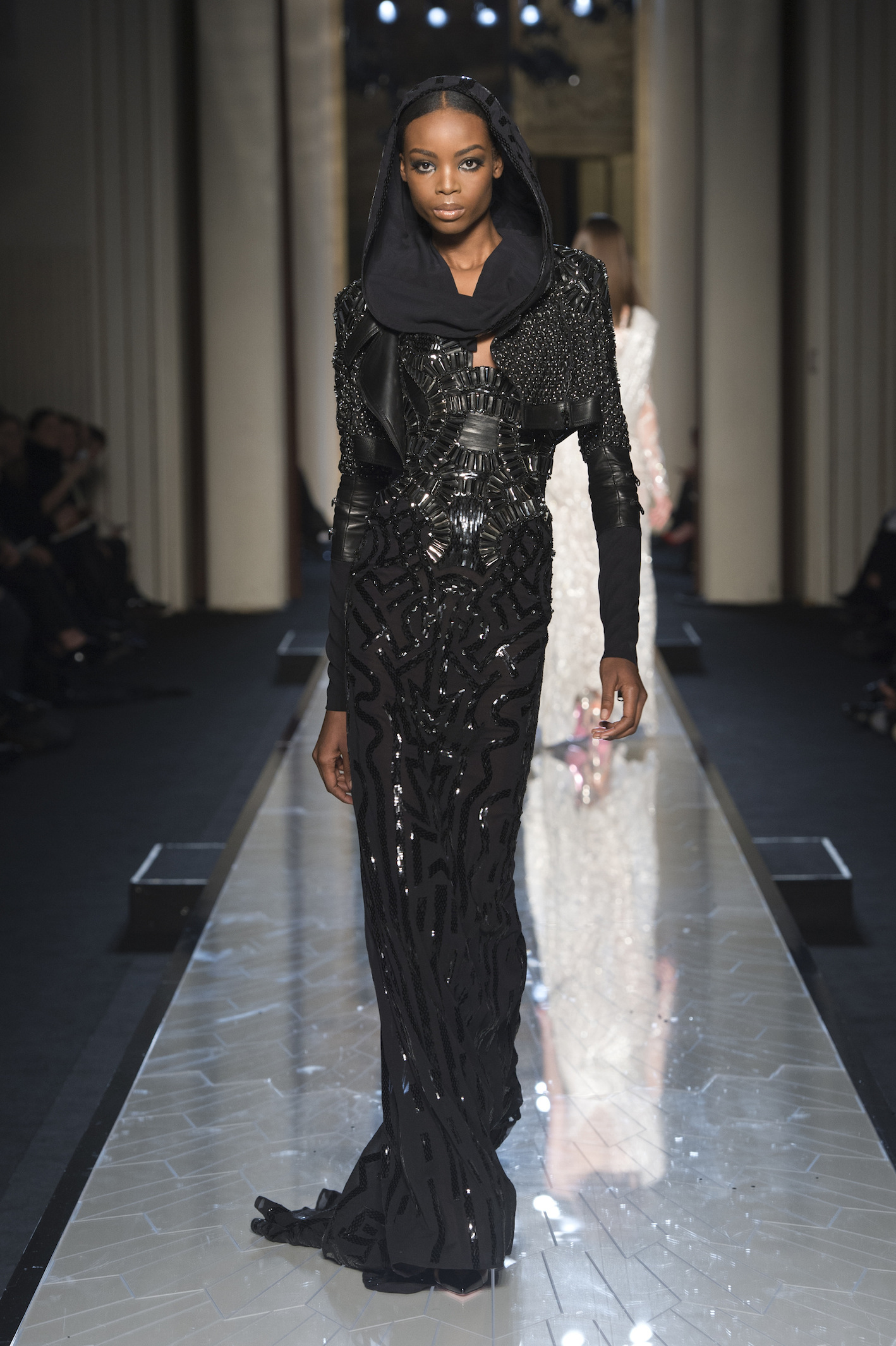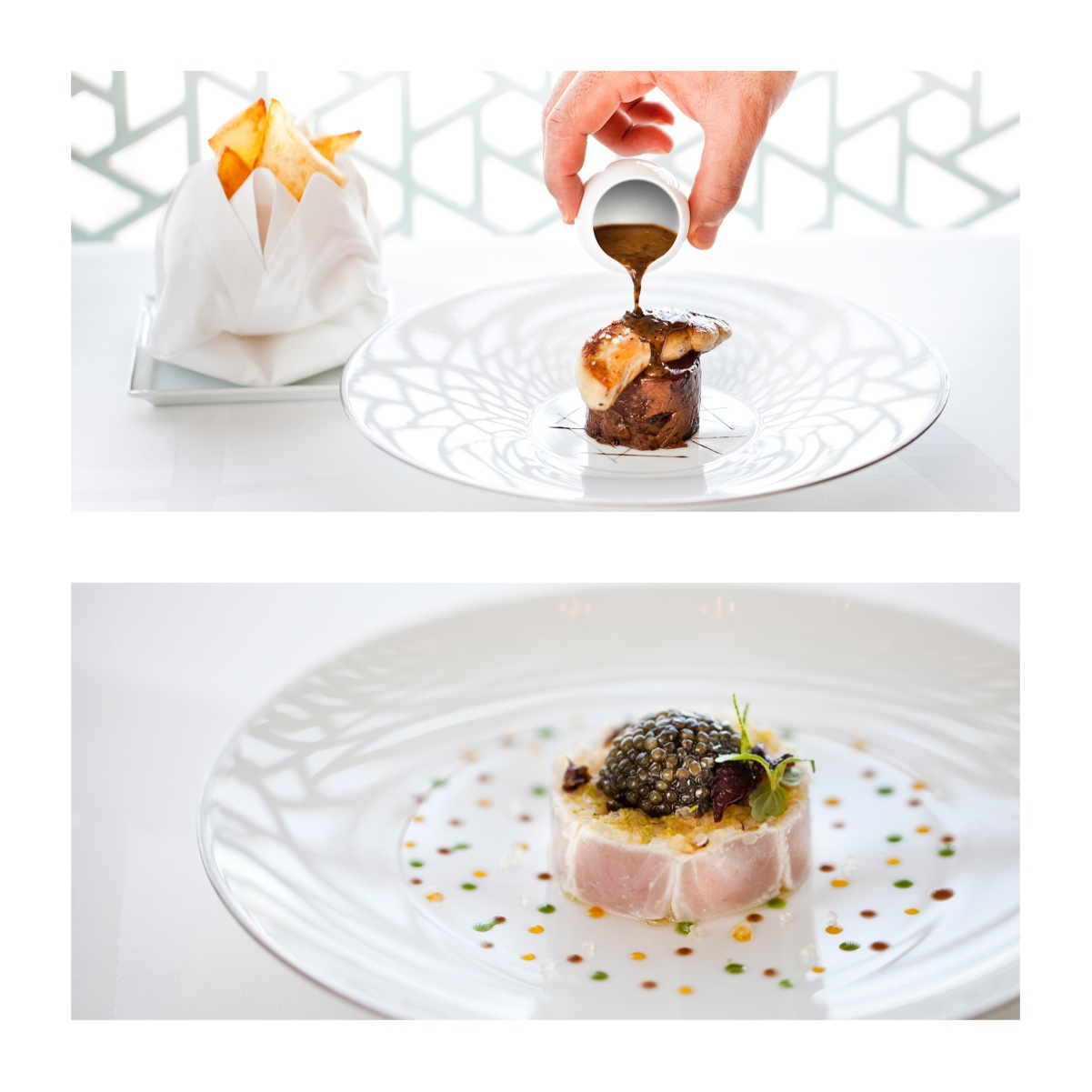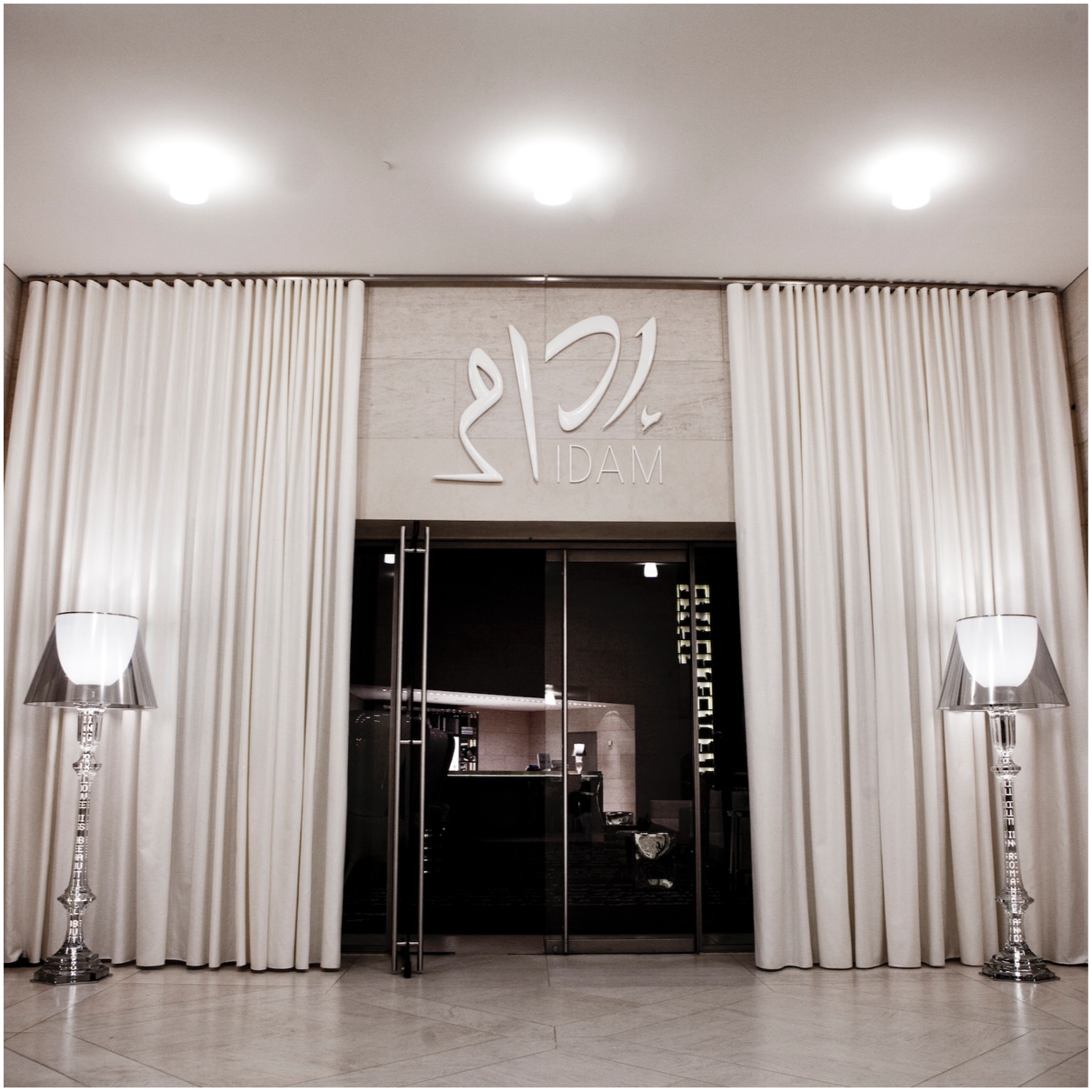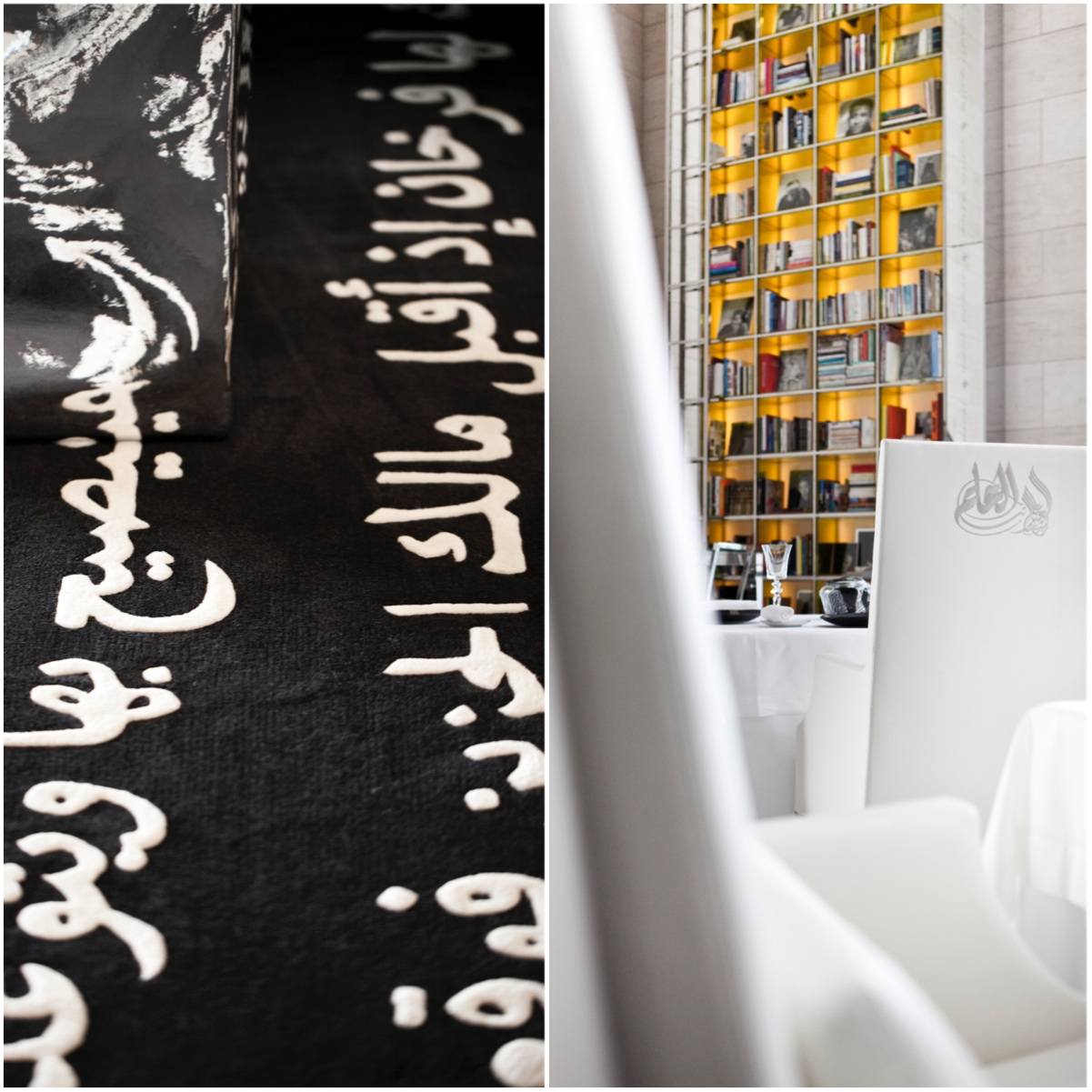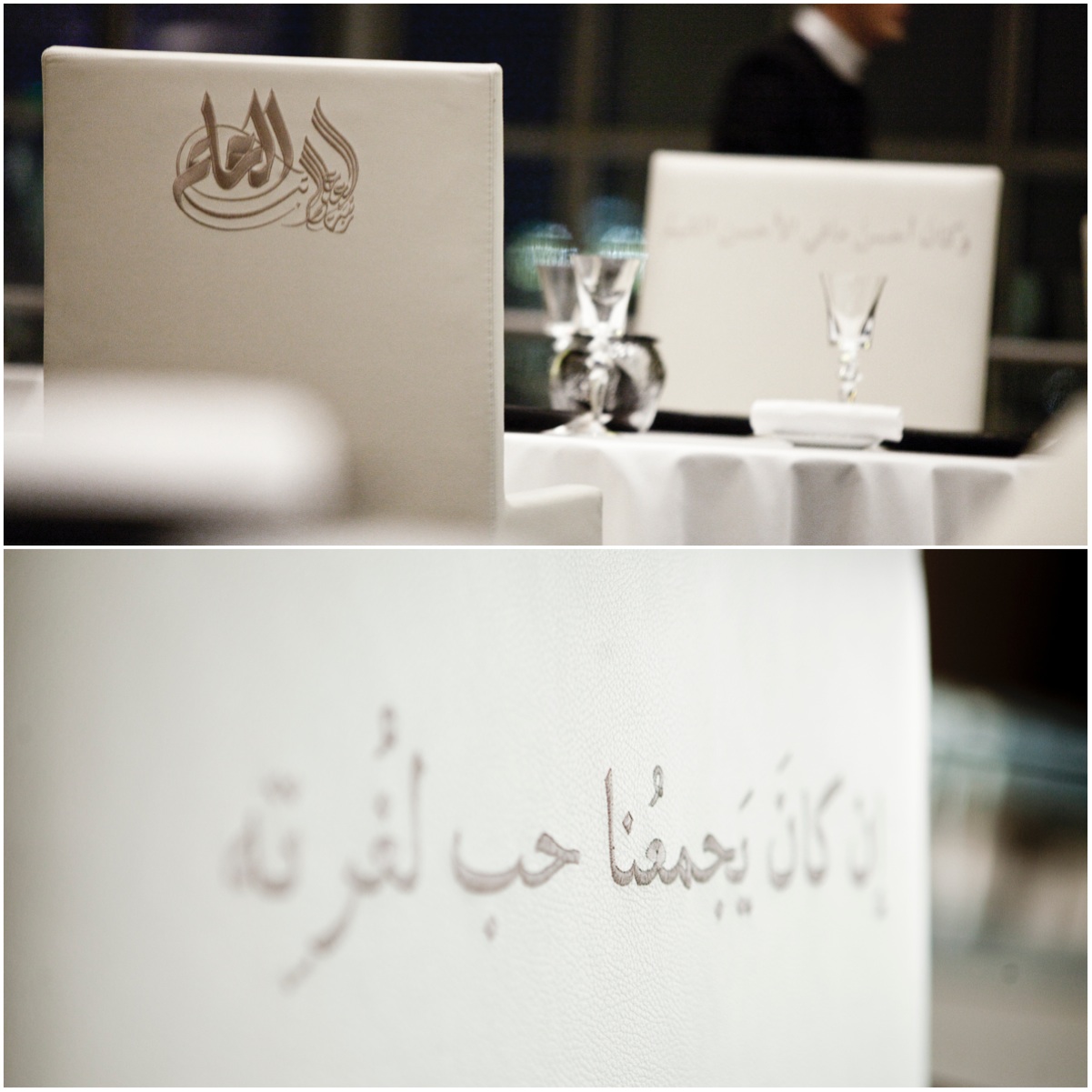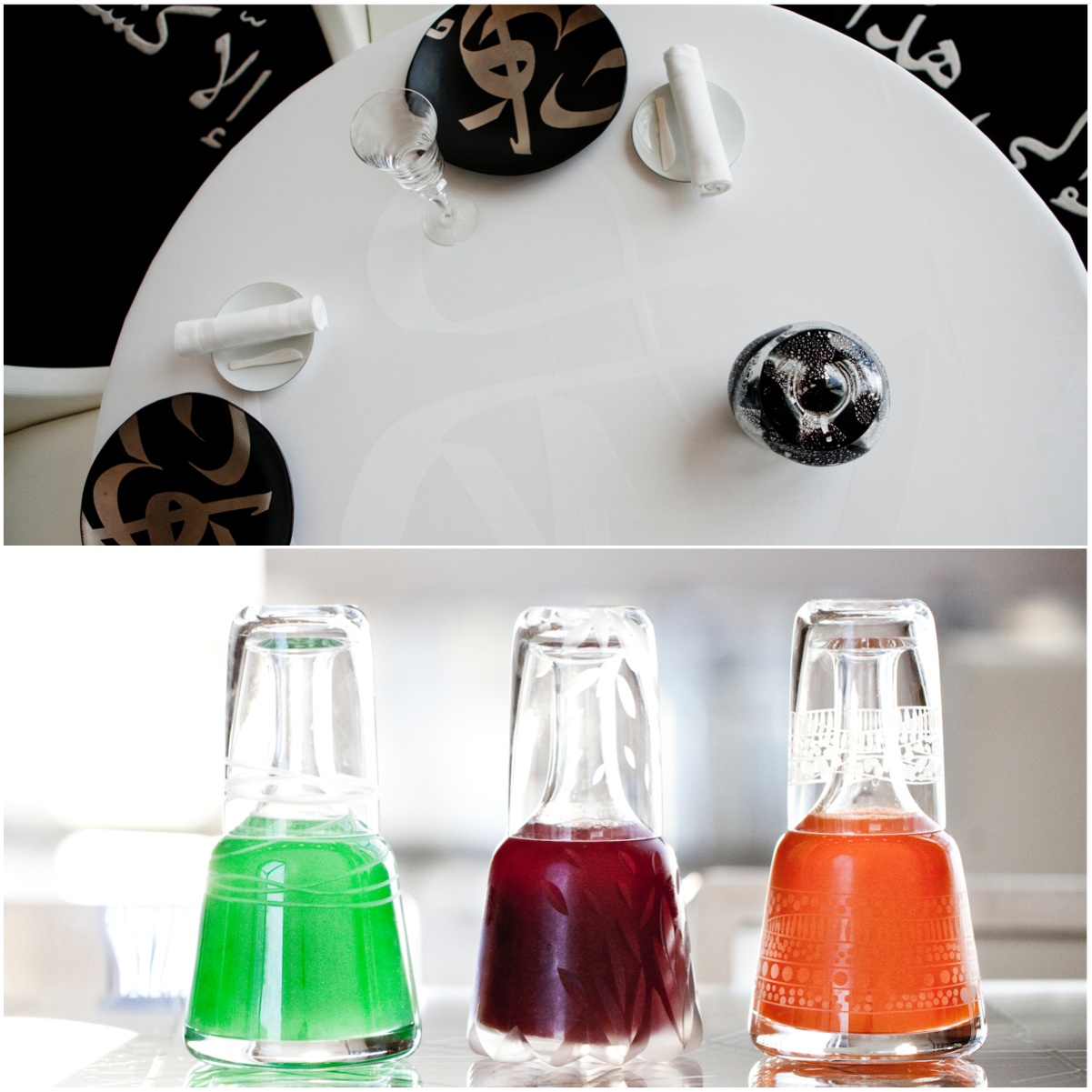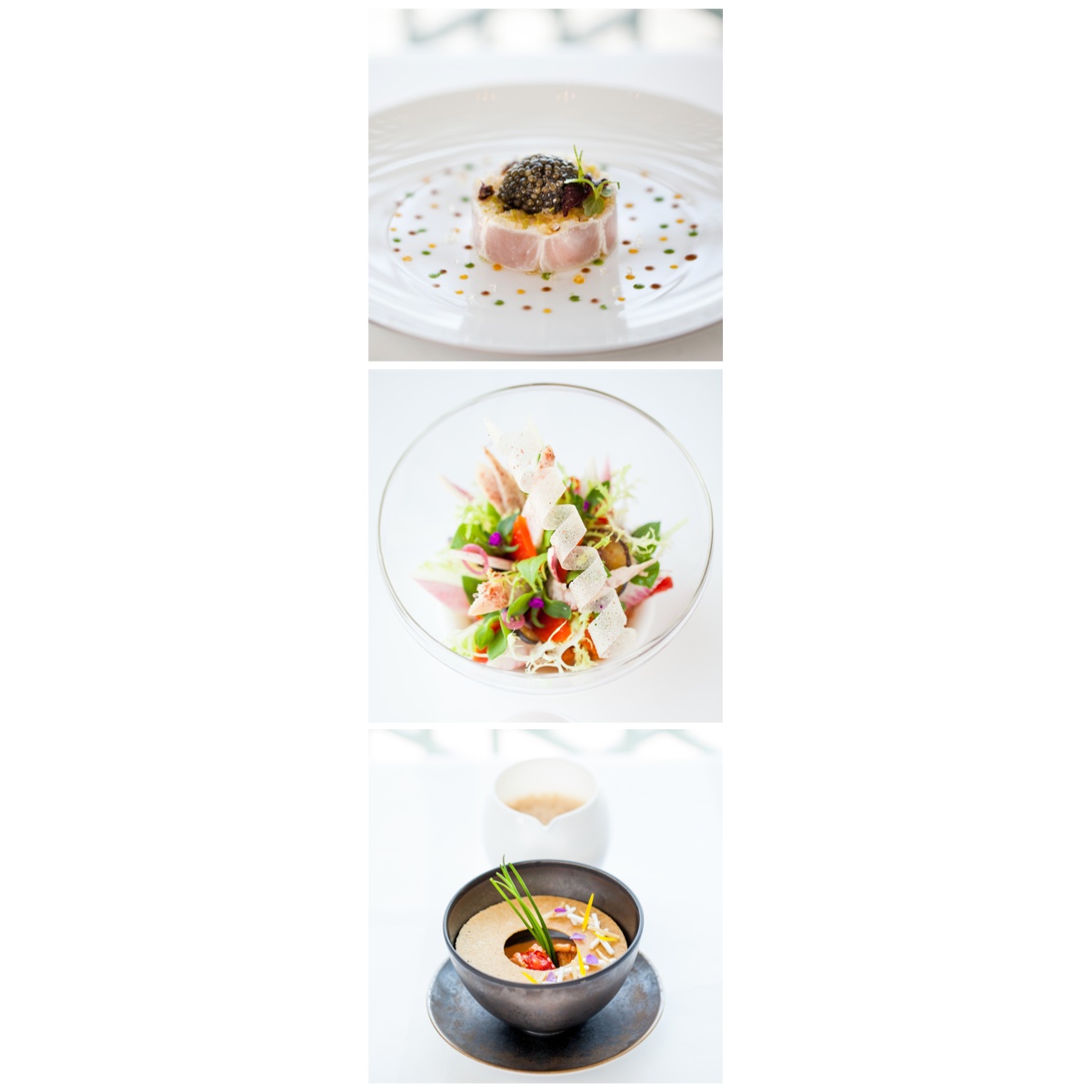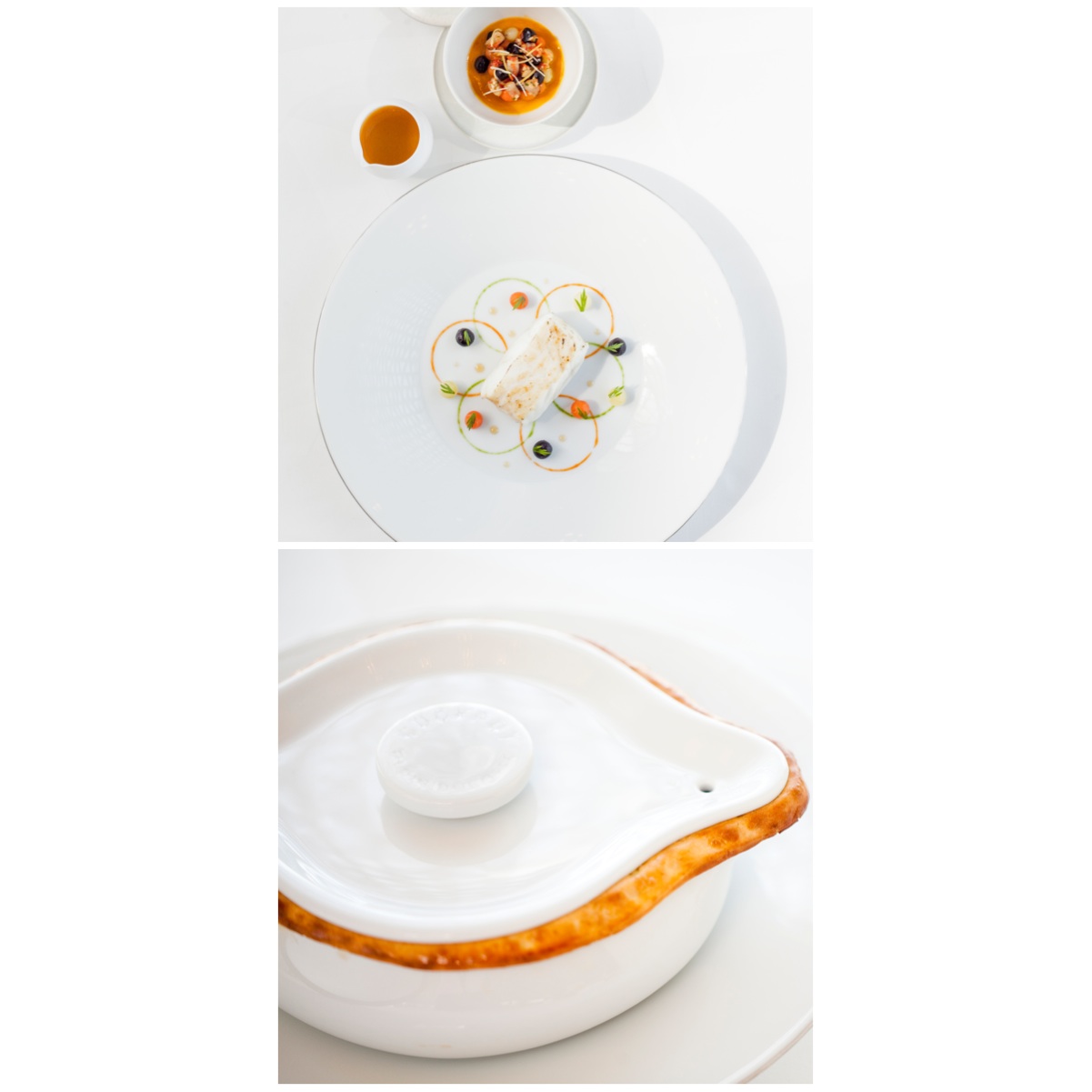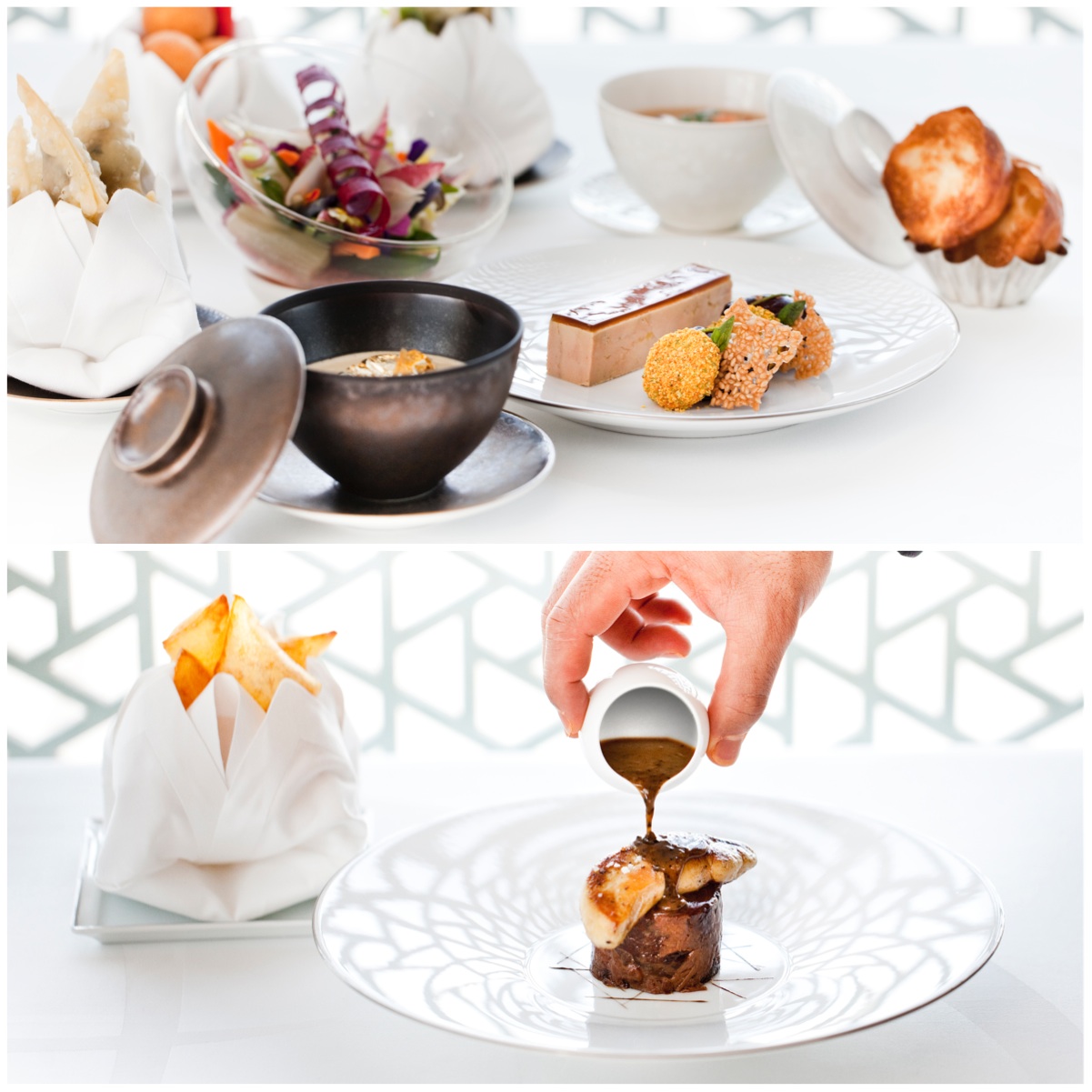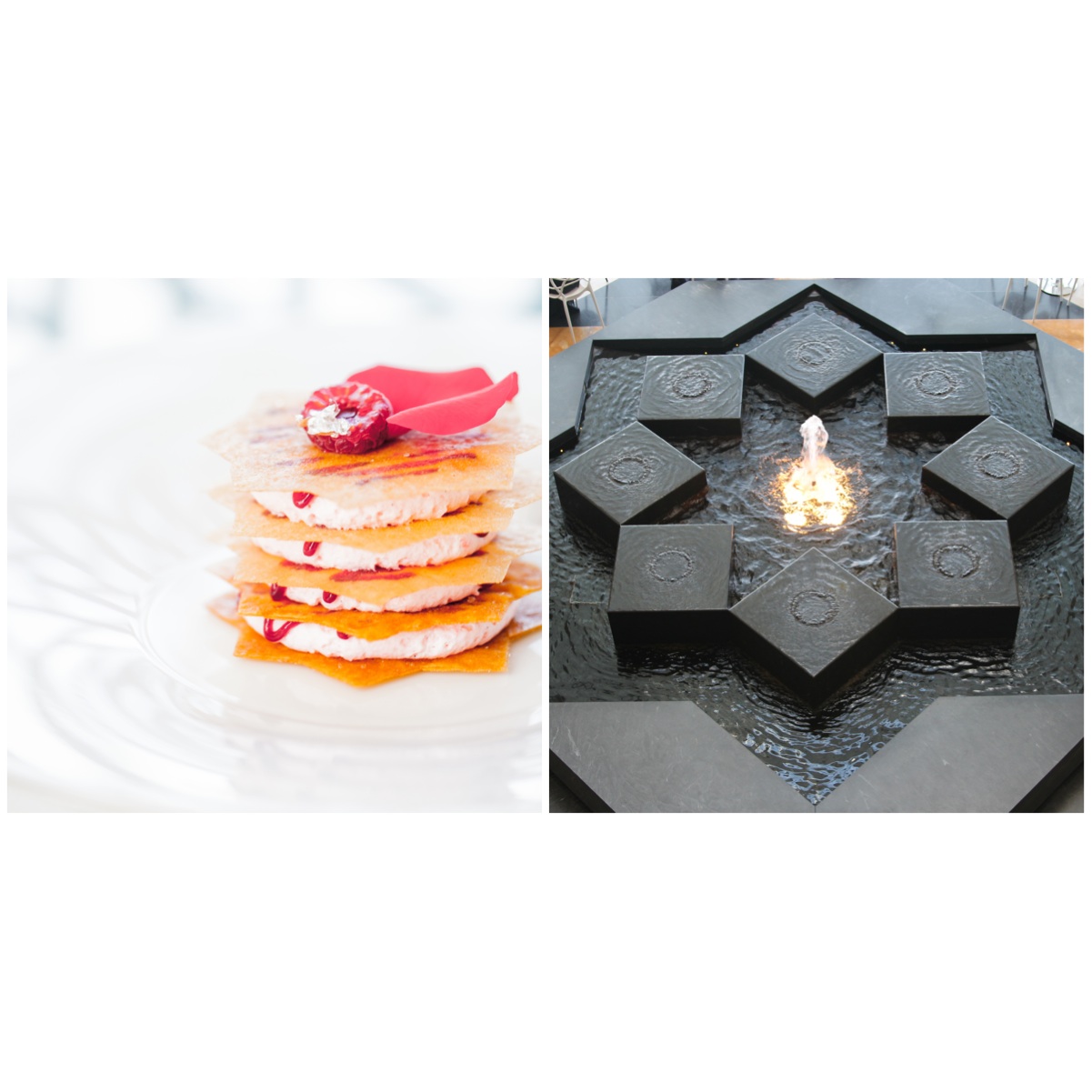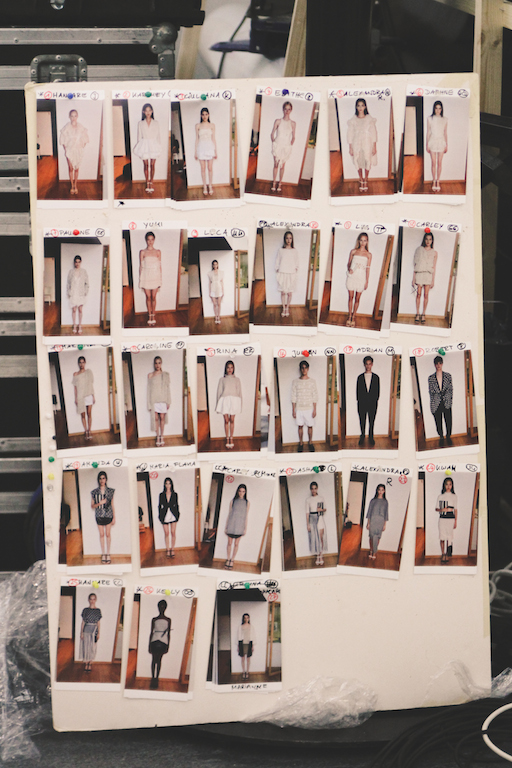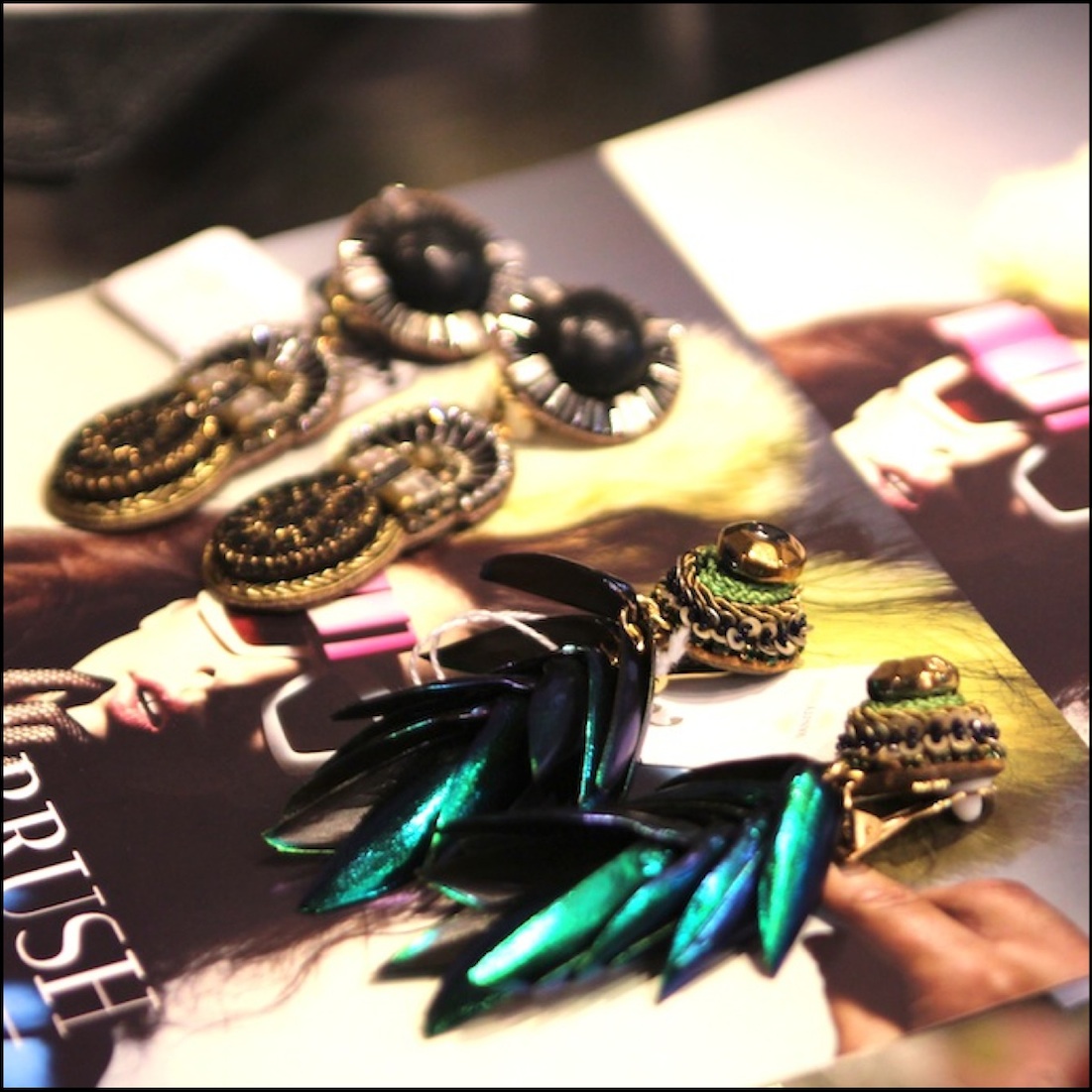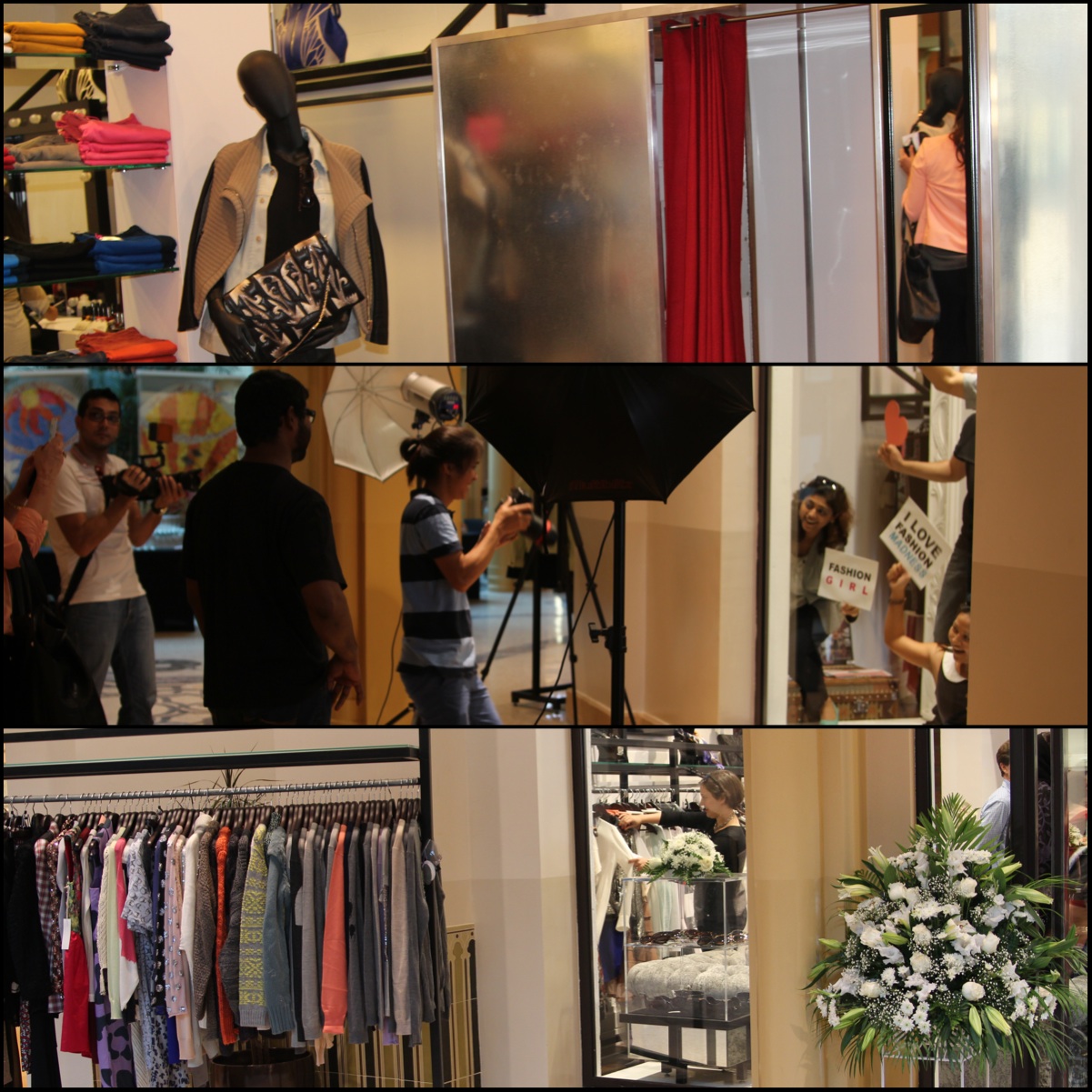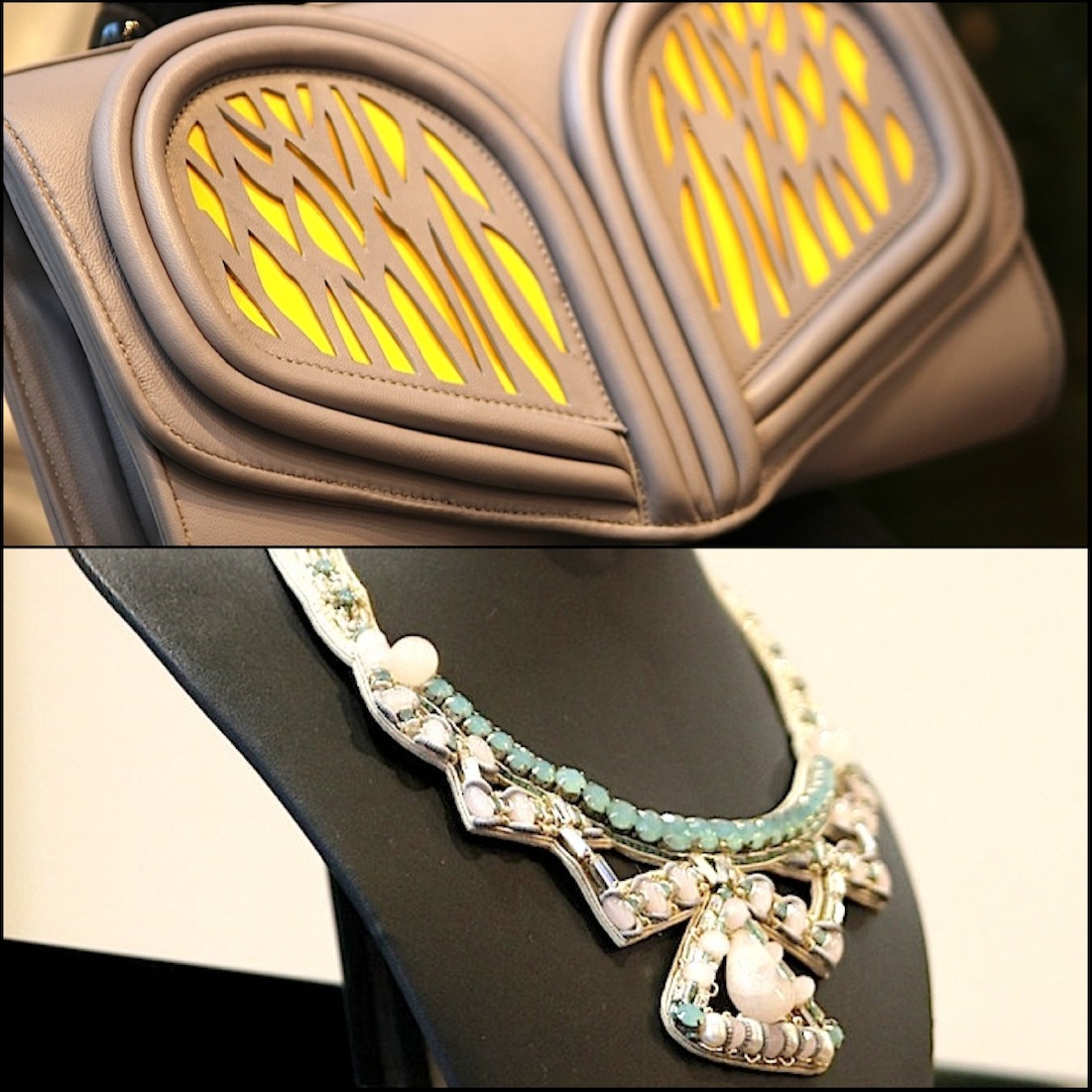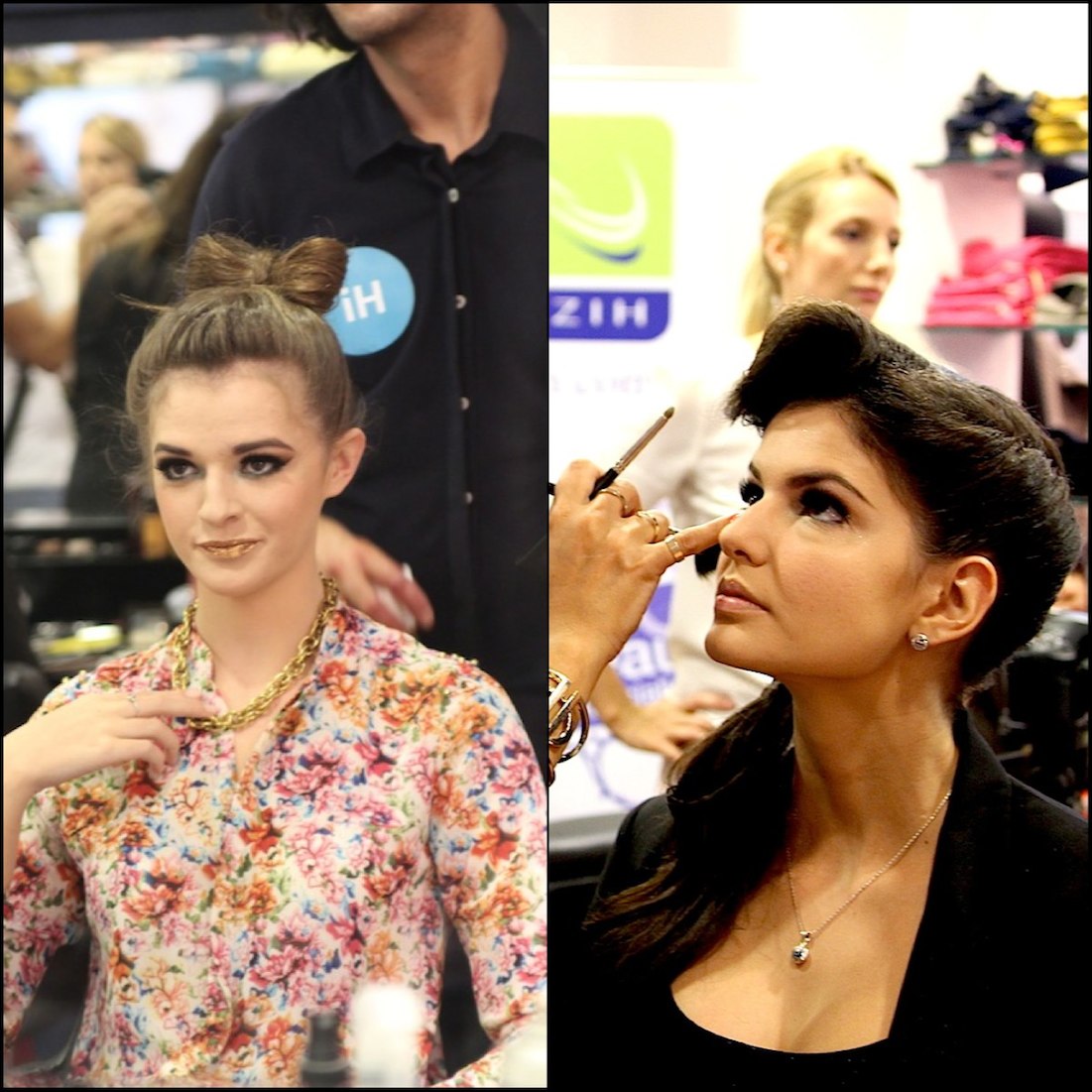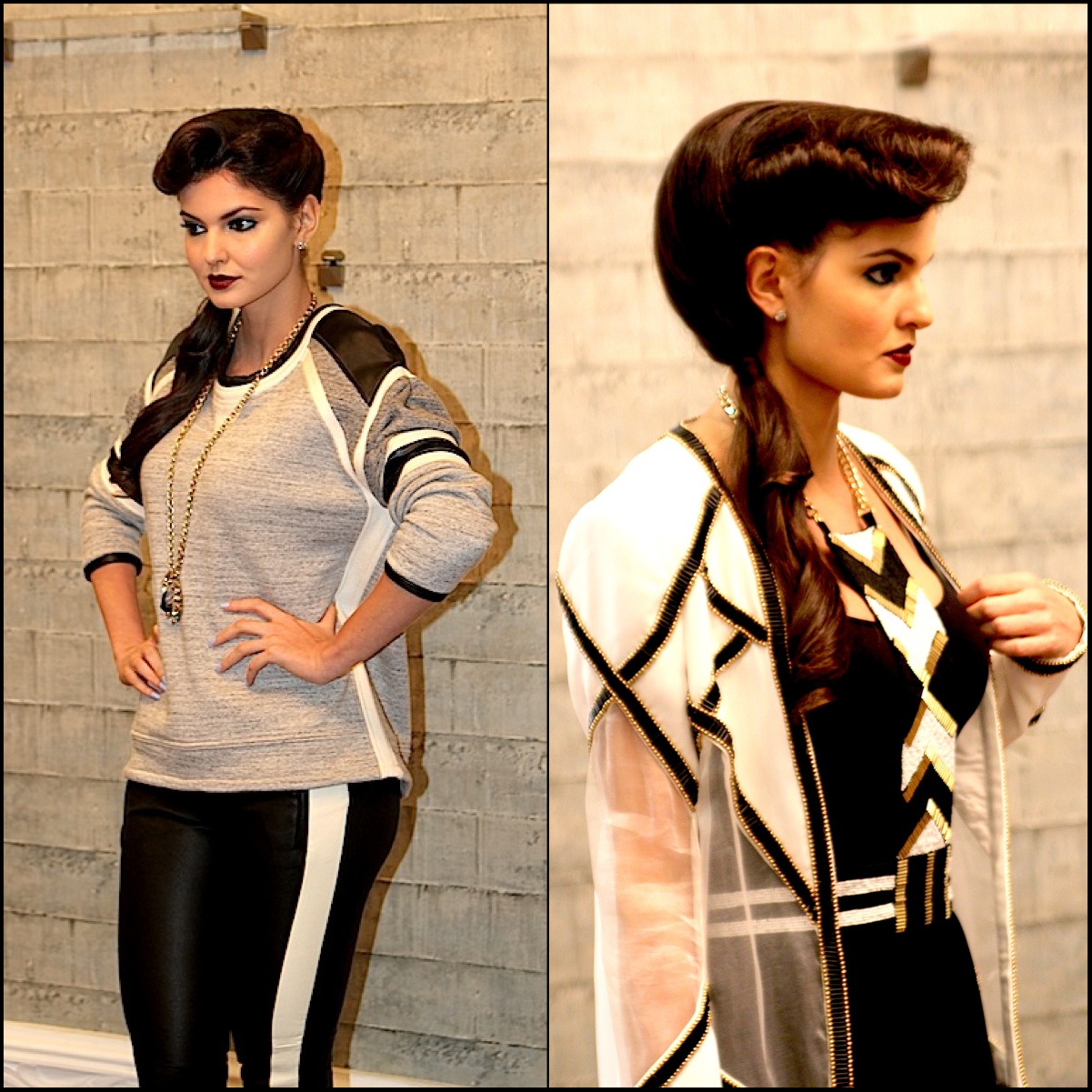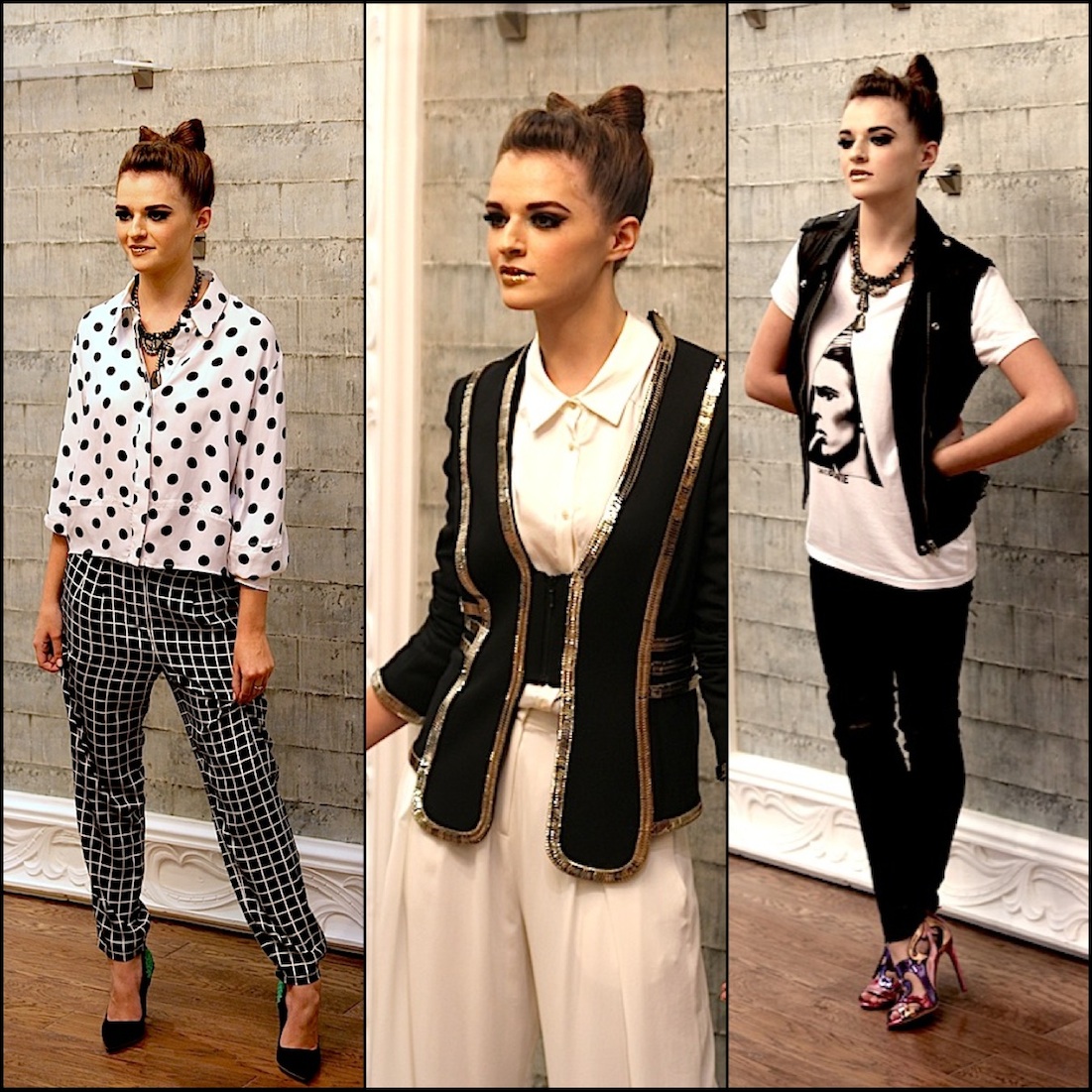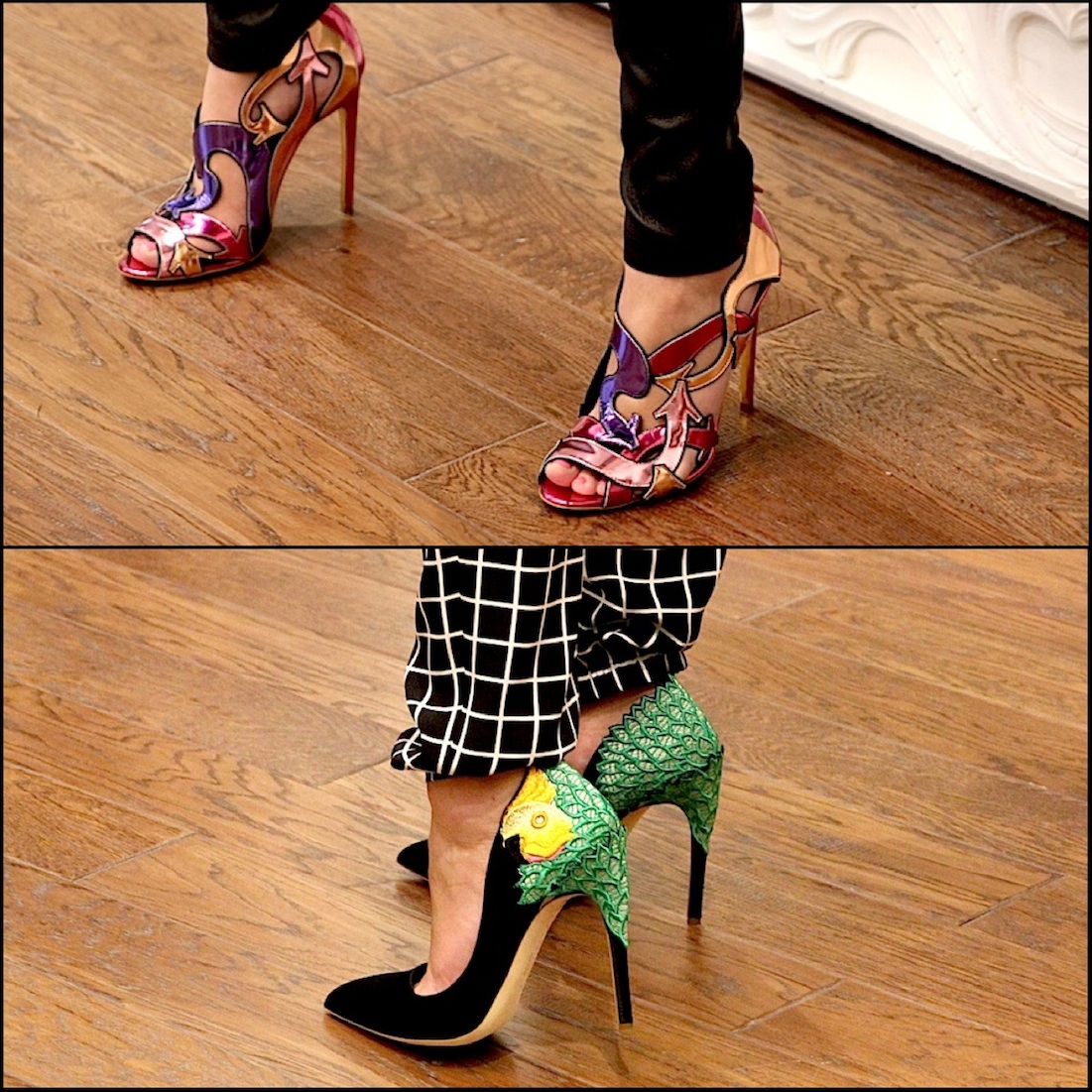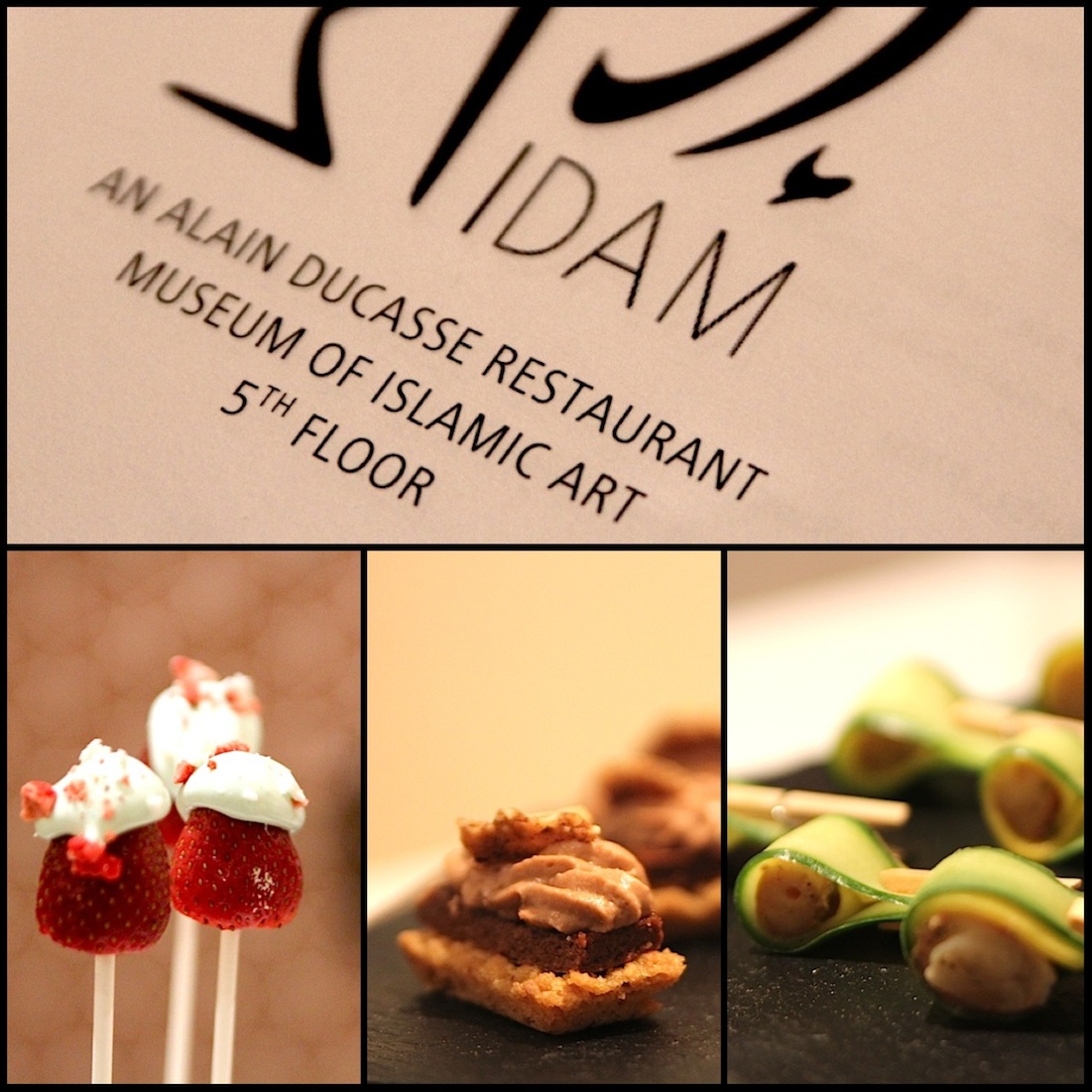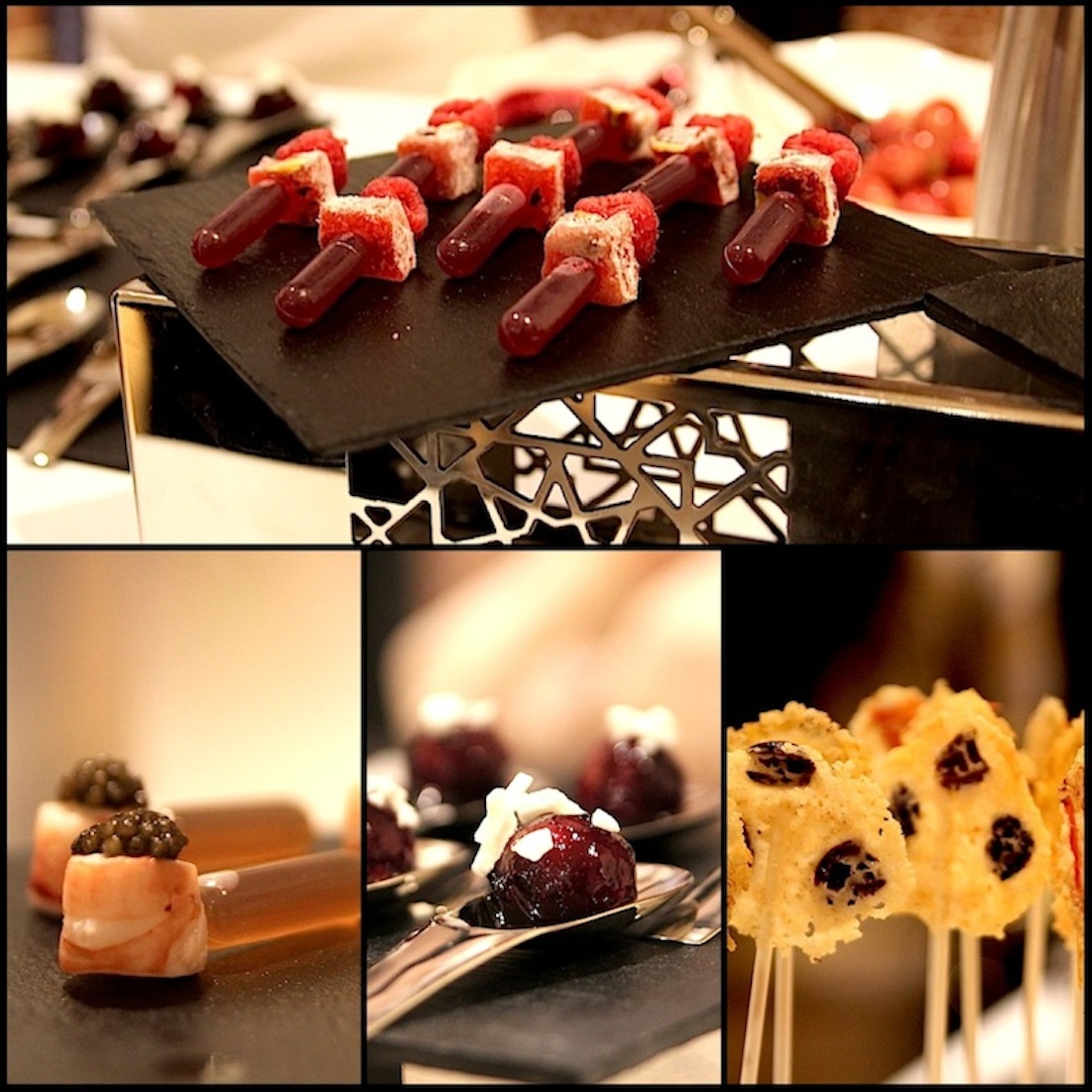A while ago, TheIniderPost.com met with the executive chef of Alain Ducasse’s restaurant, IDAM. We took some time to discover the stunning interior which has been conceived and designed by Philippe Starck, and located at the last floor of the Museum of Islamic Art in Doha.
Very little known fact:
Chef Romain Meder is familiar in Qatar since he was in charge of one of the actual emir’s marriages few years ago. Hence we were very curious to know more about him as he has welcomed us in his arena for a little chat about IDAM of course, but also his take on Qatar’s booming gastronomic scene…
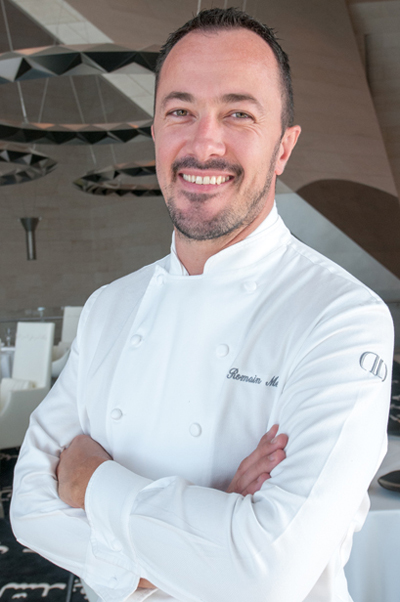
When art meets gastronomy…
Gastronomy or Haute Cuisine?
Gastronomy is a term more generic: a sandwich can be gastronomic, for example. With haute cuisine, a certain food service is targeted. As far as I’m concerned , as a professional and a food-loving person, gastronomy suits me better.
Could you please describe the Idam Cuisine?
It is a Mediterranean cuisine, like the basis of Alain Ducasse’s cuisine with a Middle Eastern emphasis. We travel all around the eastern Mediterranean, like Egypt and Lebanon for example.
This gastronomic culture, its products, and its species are utilized.
Even if it is from the Mediterranean region, it is still a different cuisine from the one we know in the South of France, Monaco, Spain, and even Italy. The biggest difference is the use of spices. We also utilize the Indian cuisine since it is familiar to the Qataris.
How did you create this Menu?
Alain Ducasse gives us the guideline, so we roughly know what we want. After arriving to Qatar, discovering people’s habits, visiting the region, we were able to define in details dishes for the menu. However, the main structure, we already had it in mind (appetizers like mezze for example).
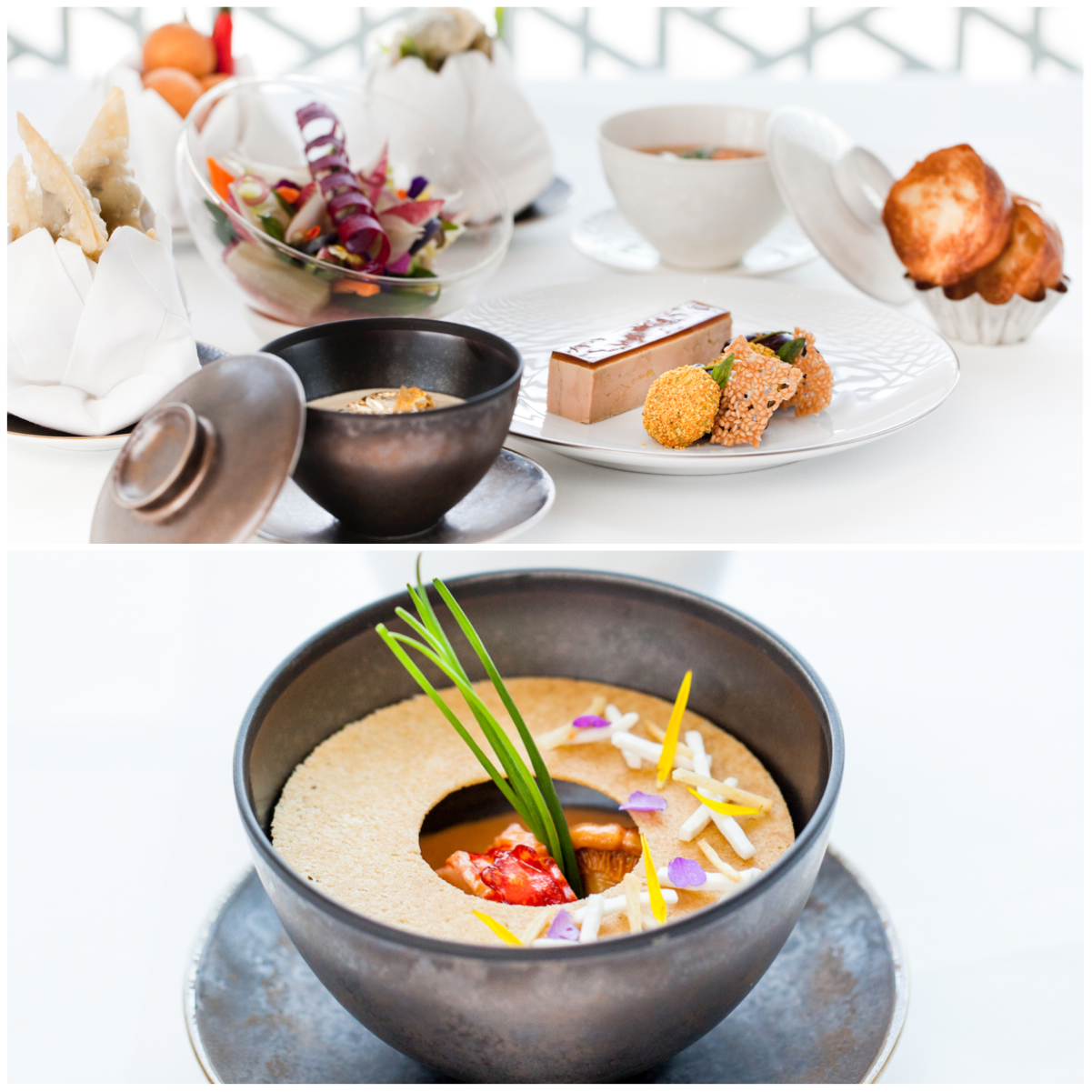
Alain Ducasse sent me to India, Morocco, and Lebanon where I was able to learn how to use spices. That way, every element on the dish was justified.
There is such savoir-faire and such nobility in the use and the measurement of spices that for Idam menu, we use around fifty spices.
What kind of challenges did you face in this process?
Finding good quality products, because in the beginning, nobody heard of us and it was hard. That is the reason why this project was relatively long to launch.
But with time, we were able to find vegetables at a farm. We were able to put our hands on a good butcher who supplies camel meat or local lamb meat. We also use a lot of local dairy as “laban” or “halloumi”, for example.
From France, we only import around 30% of key products as caviar, foie gras or at this moment the truffle. We try to work with the local harvest sublimed with spices, combining them to French products to make the clients discover them as well.
We change the menu every three months. We adapt ourselves to the European seasons to be able to use seasonal products such as the truffle right now or the asparagus in summer. It also allows our regular customers to test out something else at every visit and to us, professionals, to also create new dishes, to maintain certain creativity.
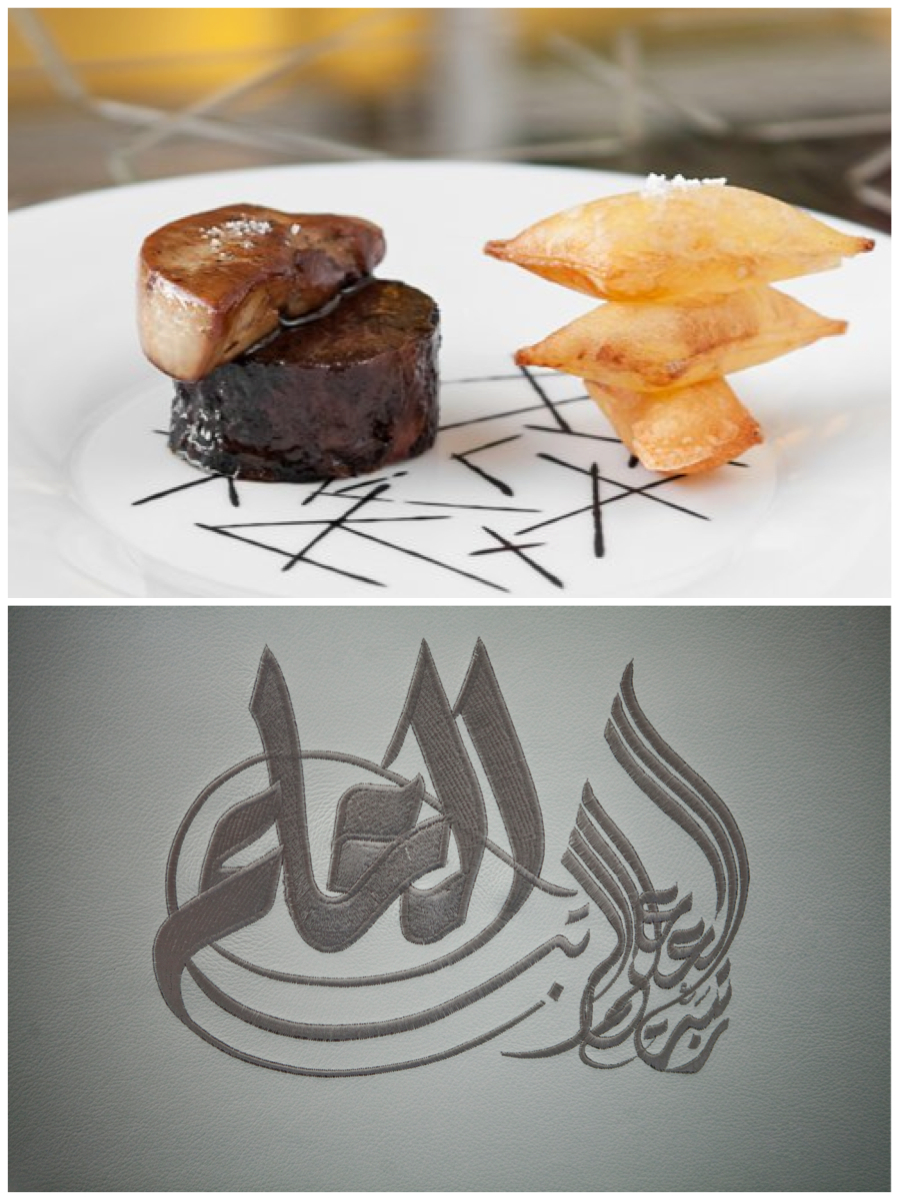
How important was it for you to cook local products? (from the region)
The interest is to find the wealth in the place we are in. People like it when we pay attention to their products. Our customers are 70% local people. They are rediscovering the products that they know and that are fashioned in a different way. That interests them and they are pleasantly surprised.
We also try to create some combination of familiar tastes that they might recognize.
Tell us a bit more about your clientele…
They are composed of 70% of Qataris, 80% of whom are women. They find themselves in the contemporary and refined place that is the image of the Qatari woman who is modern and sophisticated.
The restaurant image matches its clients’ expectations. They come with friends and then come back with their family.
The rest of the clients is composed of business men and tourists who are passing through.
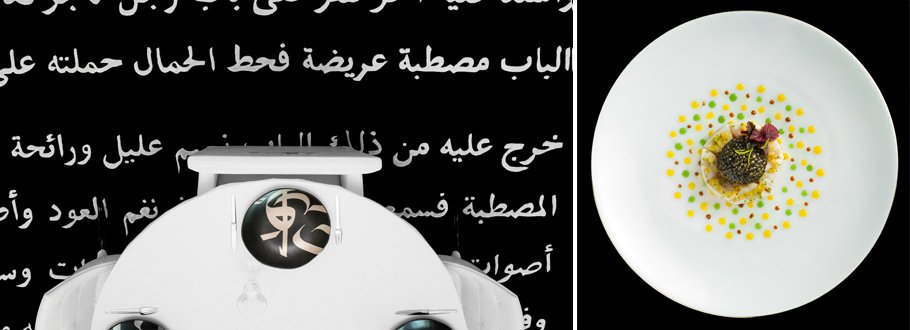
Influence of the place in the plate
We worked on realizing some quite graphic dressings which might be in relation with some architectural elements of a museum like the “pastilla” that has the same shape as a fountain, or the truffle sauce accompanying the camel that may remind us of the moucharabieh.
We are the only Alain Ducasse restaurant where you can find the influence of a place in the plate. Other than that, dressings are often uncluttered in the Ducasse’s tradition. Idam remains a gastronomical experience, an art of the table, with its diverse trolleys (bread, infusions, desserts) and of course the French service.
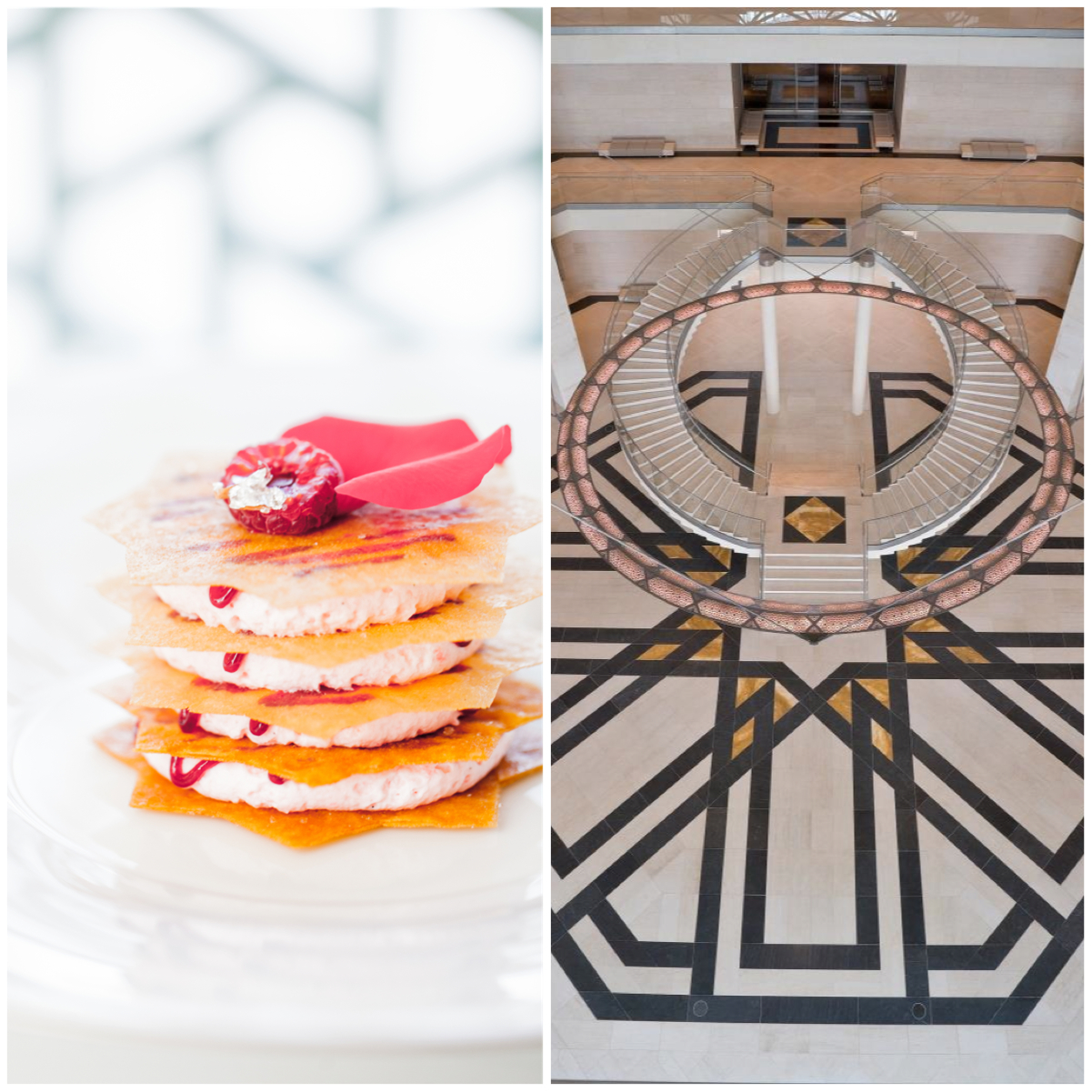
What do you think of the gastronomical scene in Qatar?
Except for hotels, we feel the Indian and Lebanese cuisines a lot in Doha and after having spent two years in the country, I am starting to see a rise in the Italian cuisine. It is a gastronomy that is easy to understand, that suits well. Qatar is also expanding on good quality commodity. The price of its products will most likely drop. So I think for the next years, there will be nice culinary performances at an affordable price in two, three years.
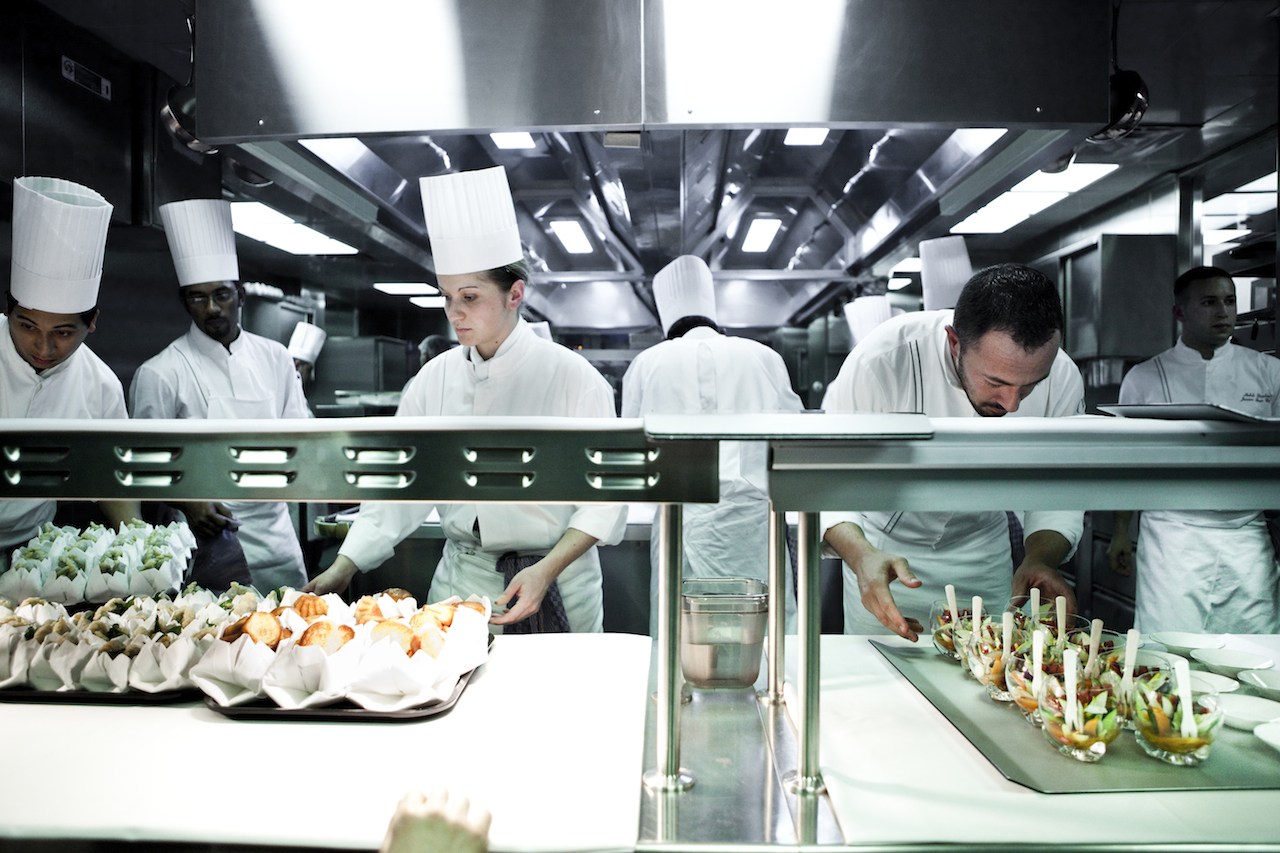
Thank you Chef Romain Meder.
TIP: Ask for a table facing the amazing view of the Doha’s skyline and you can also ask for a little sample of everything at the bread and sweet trolley.
